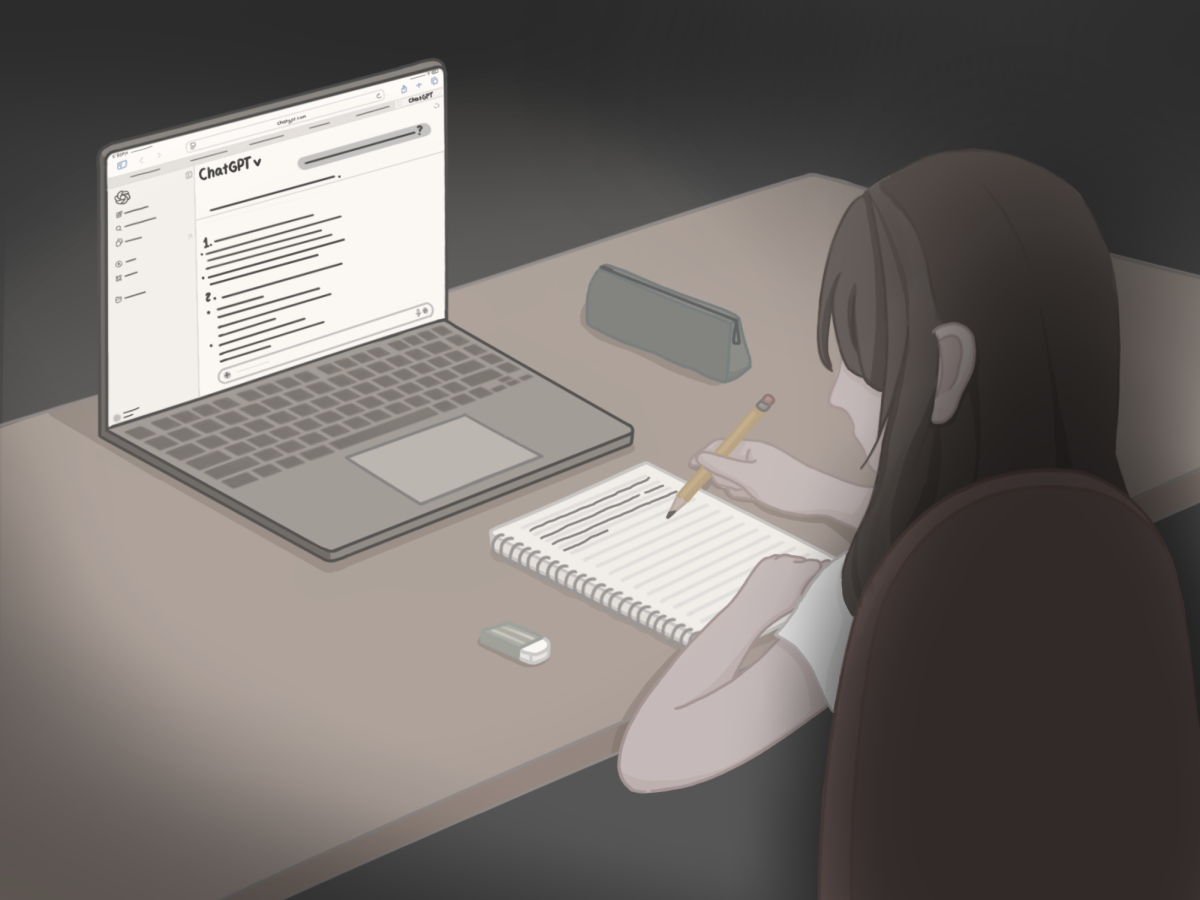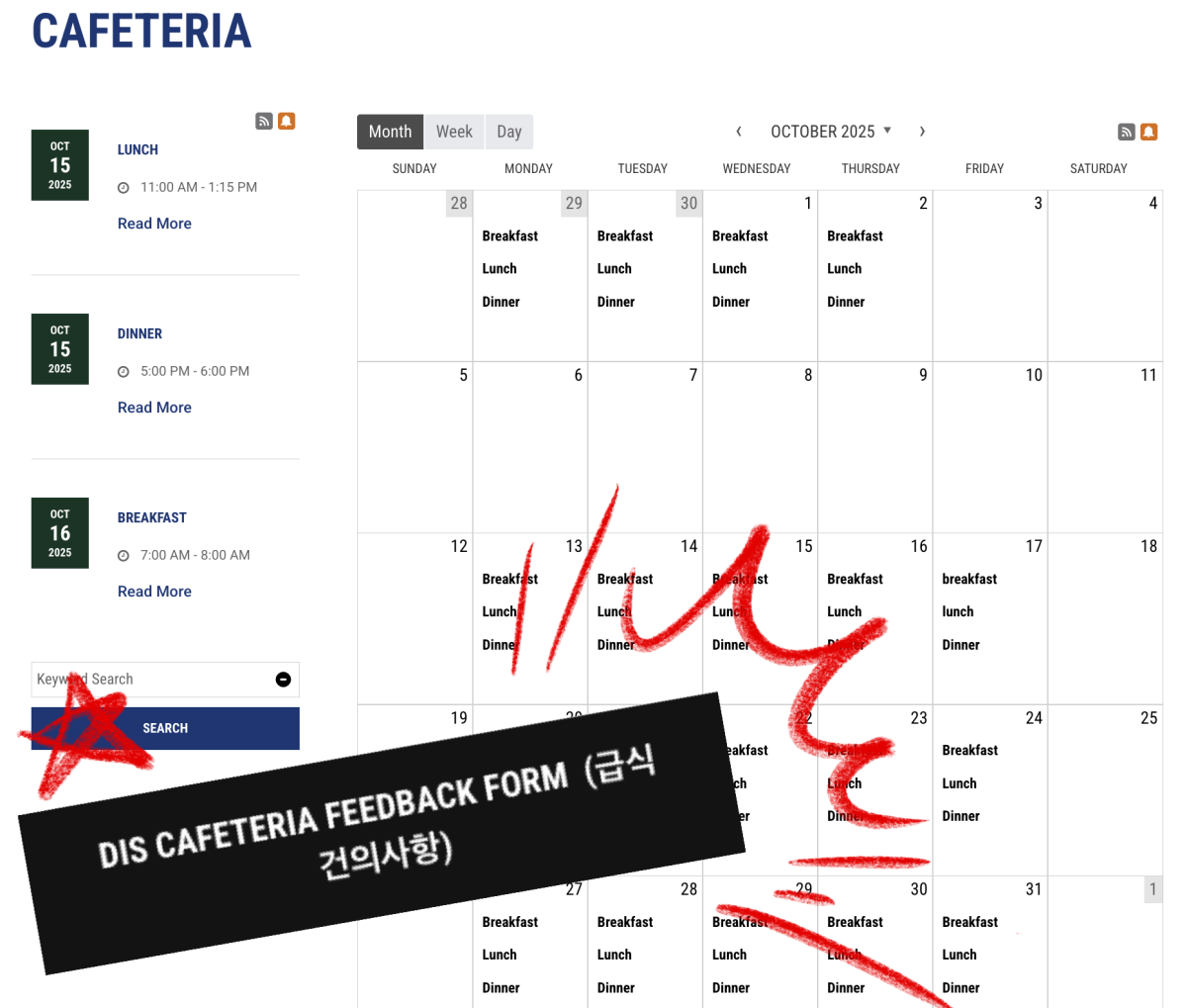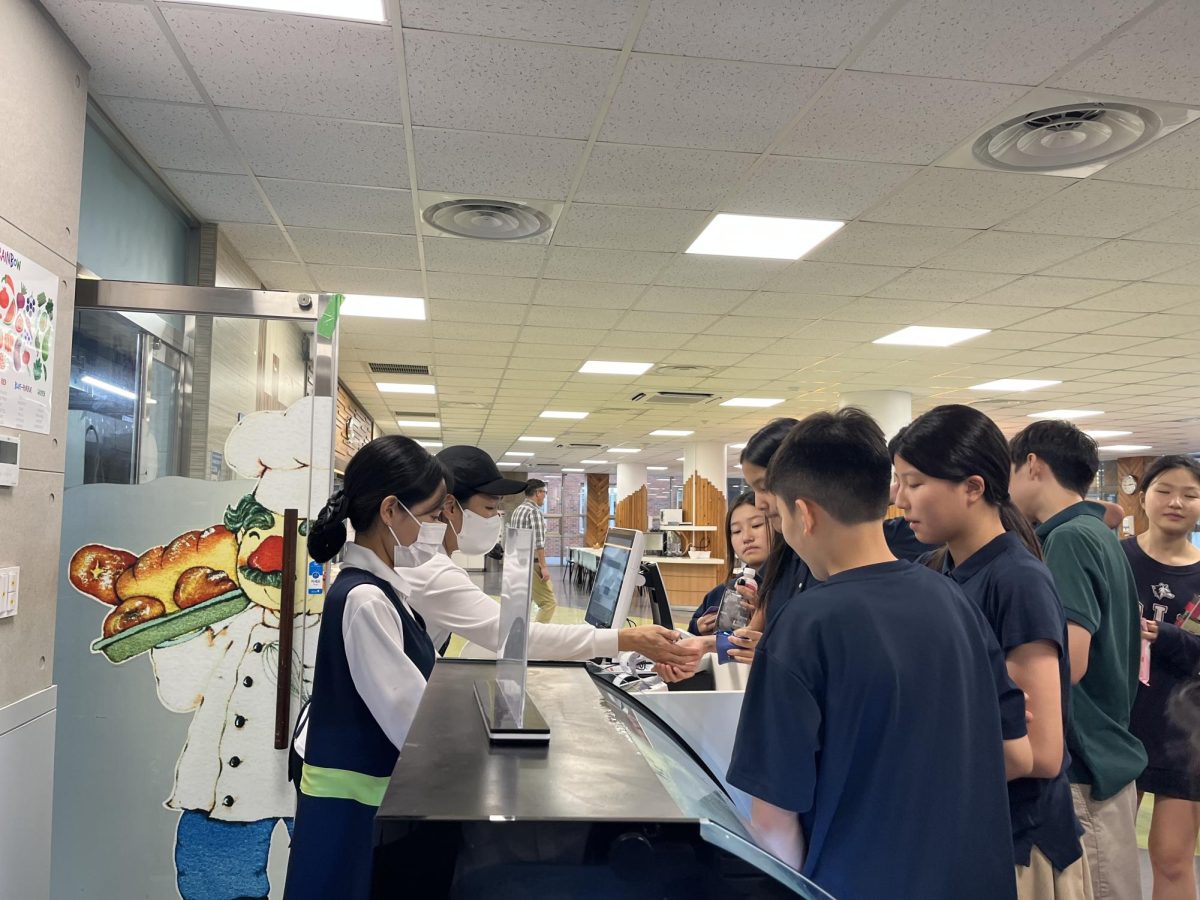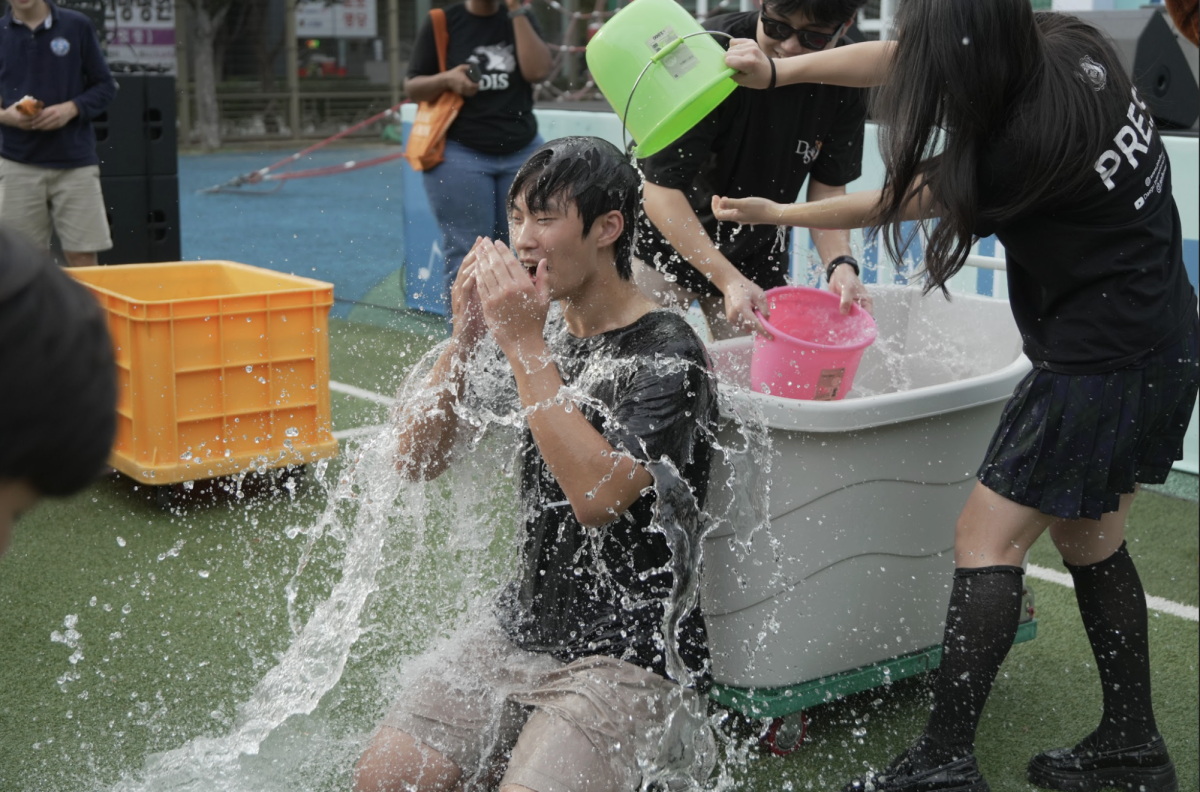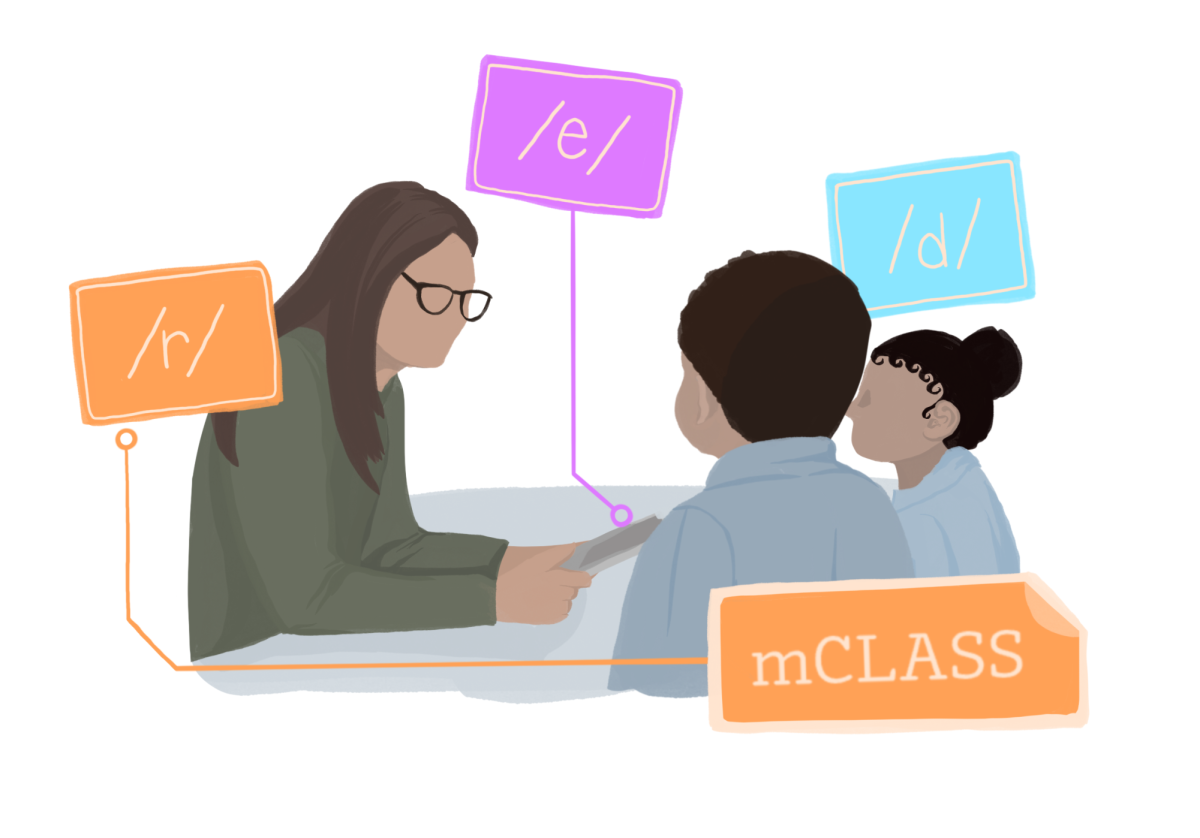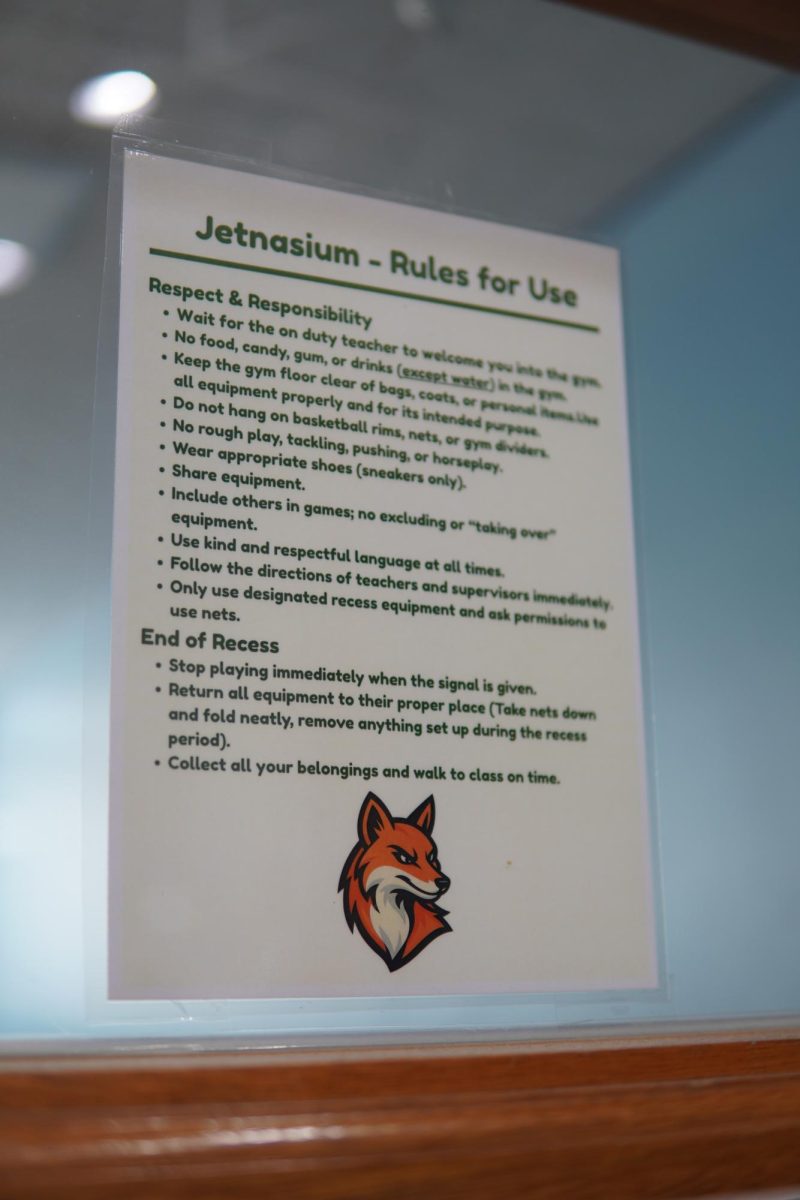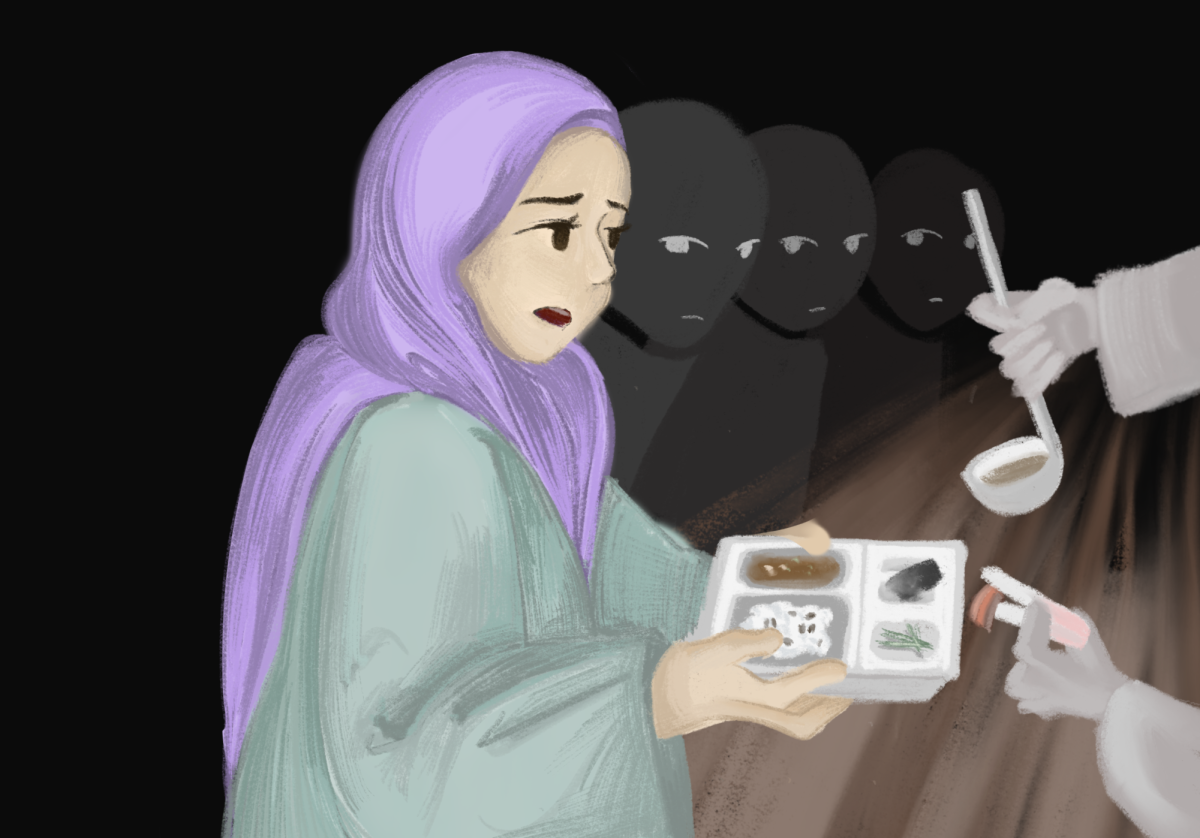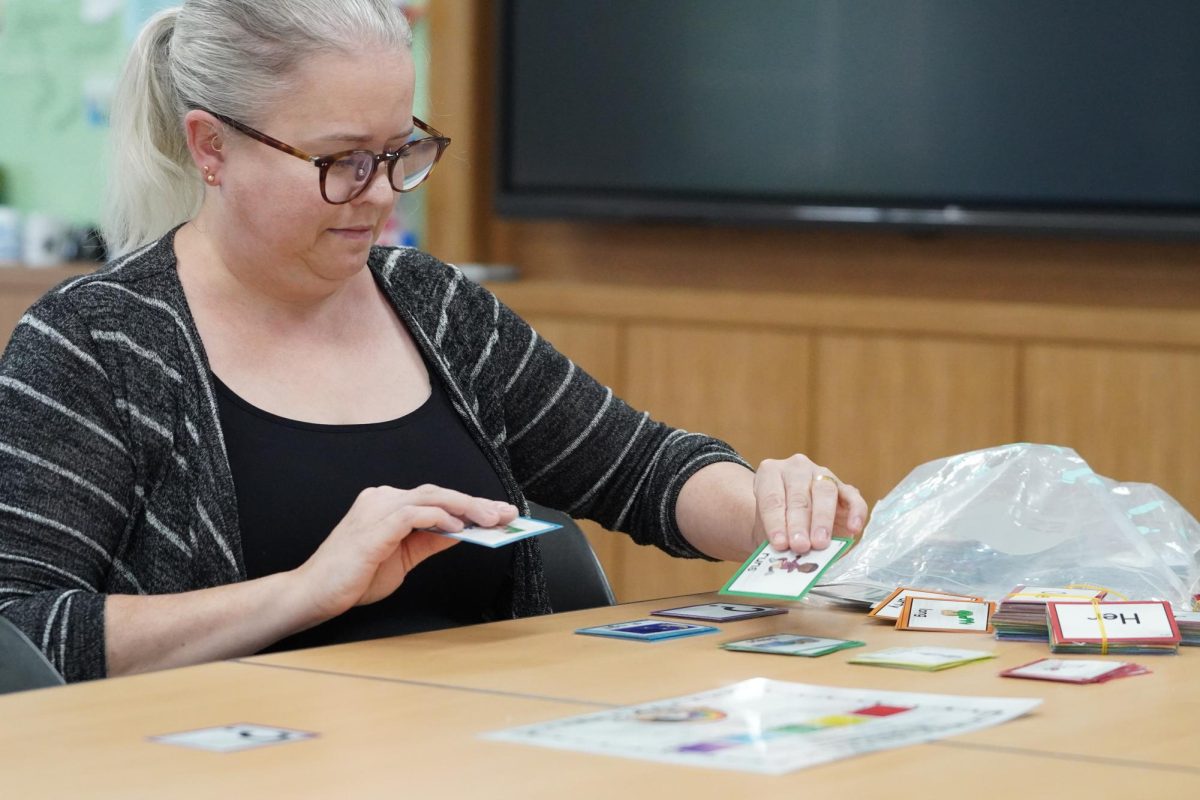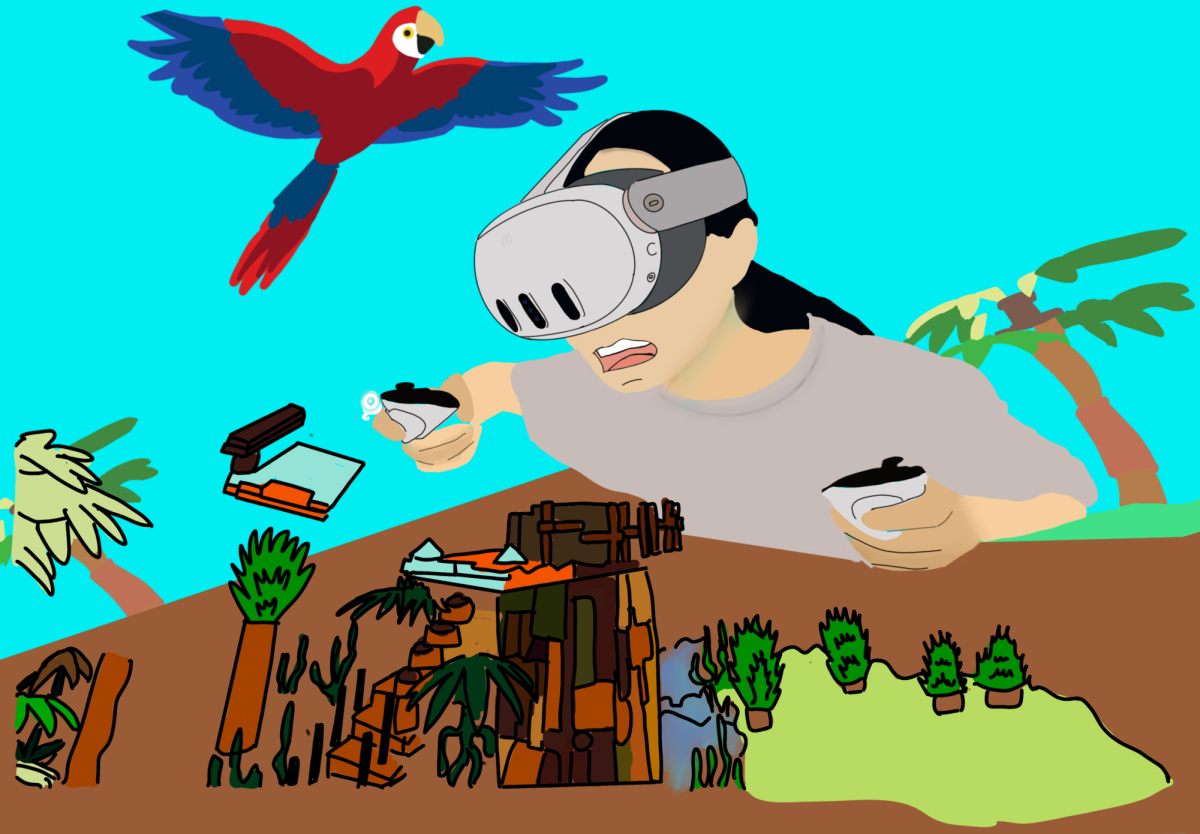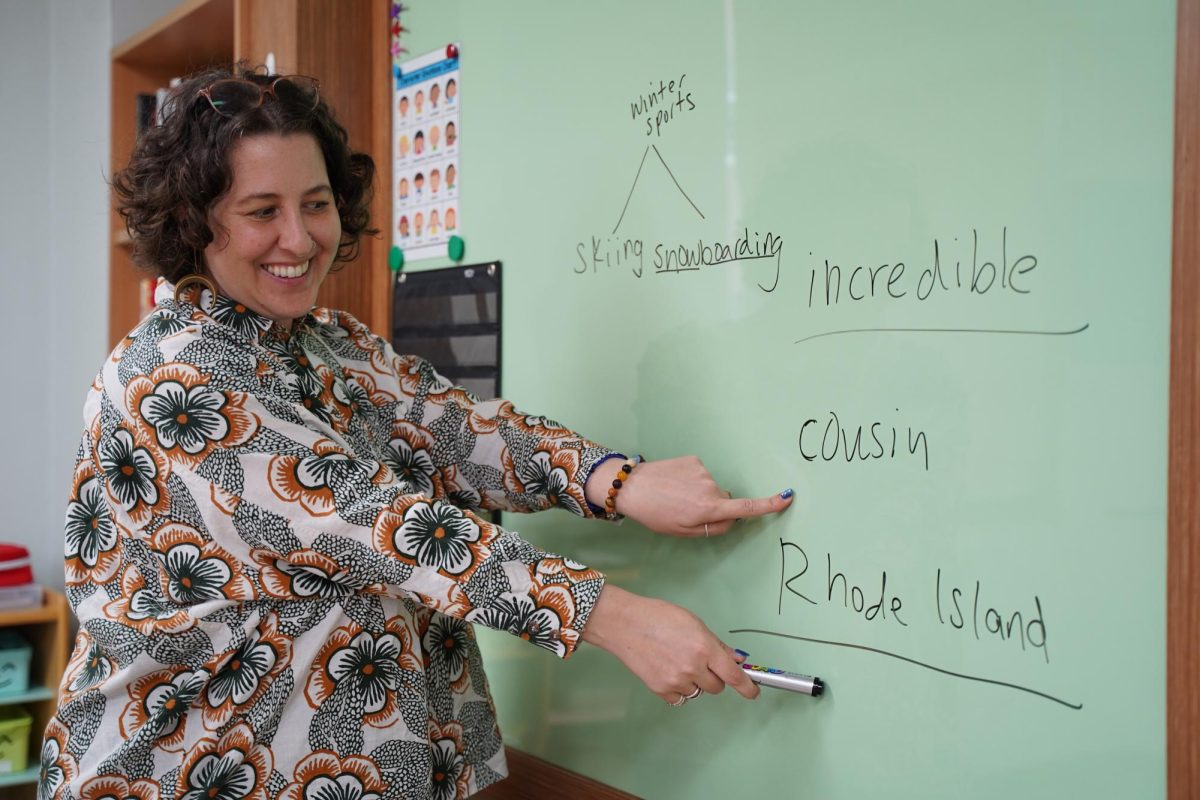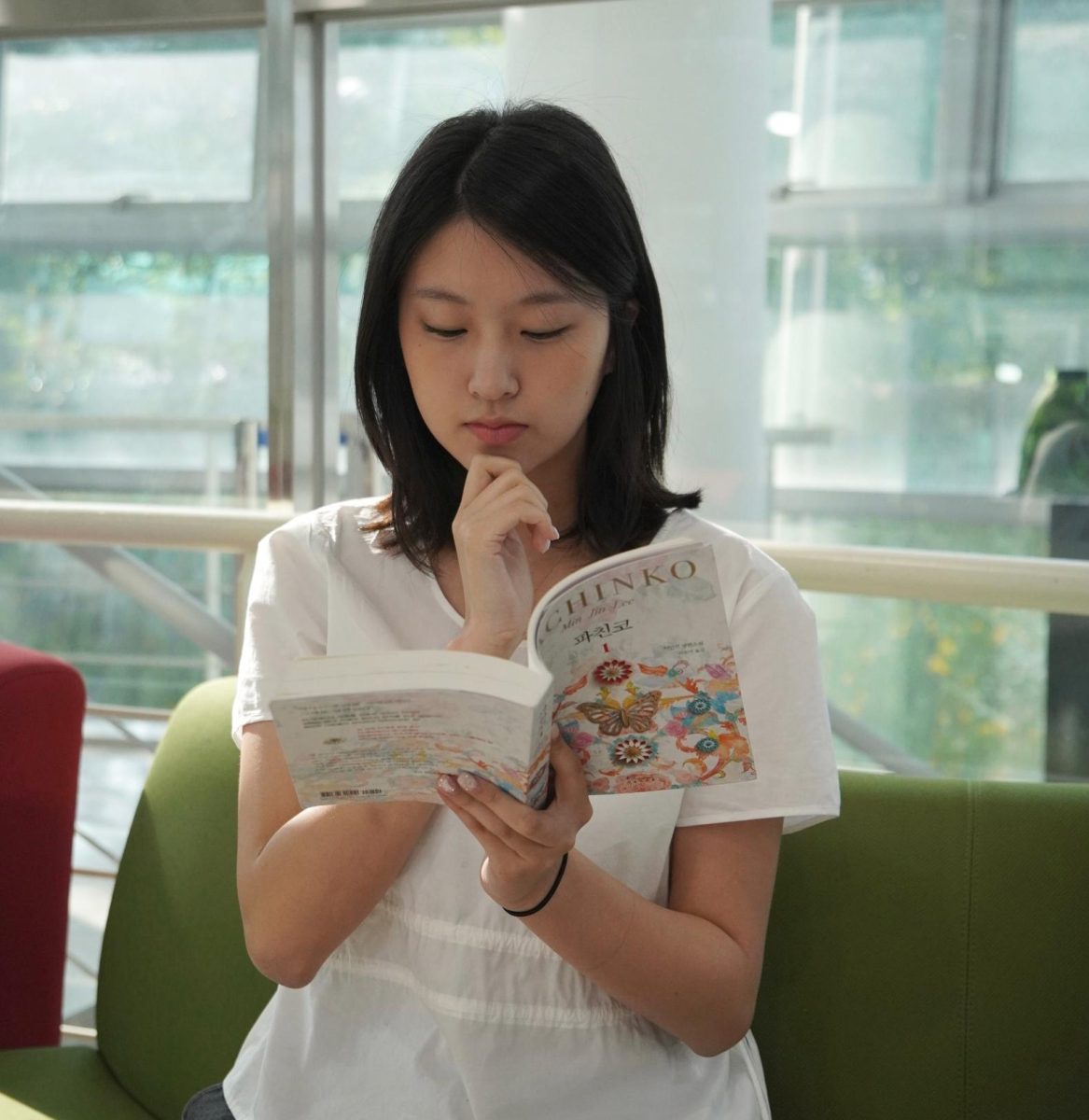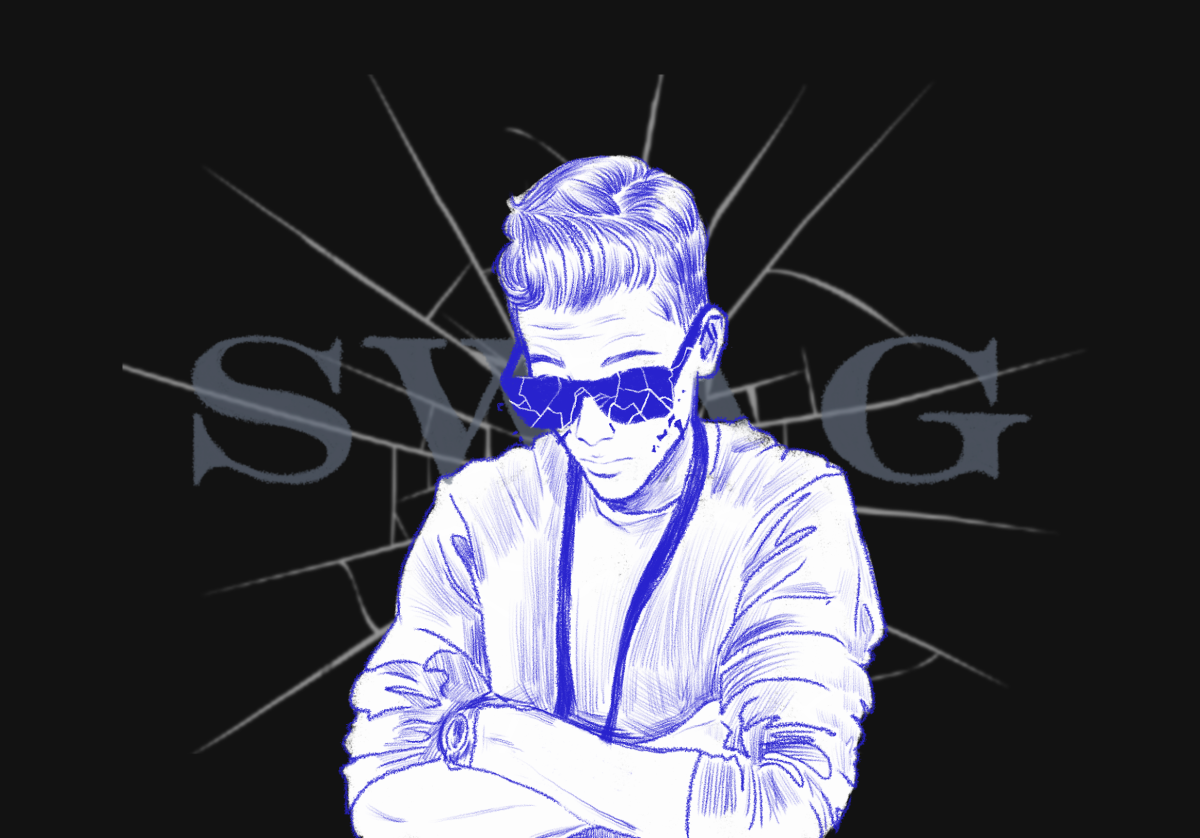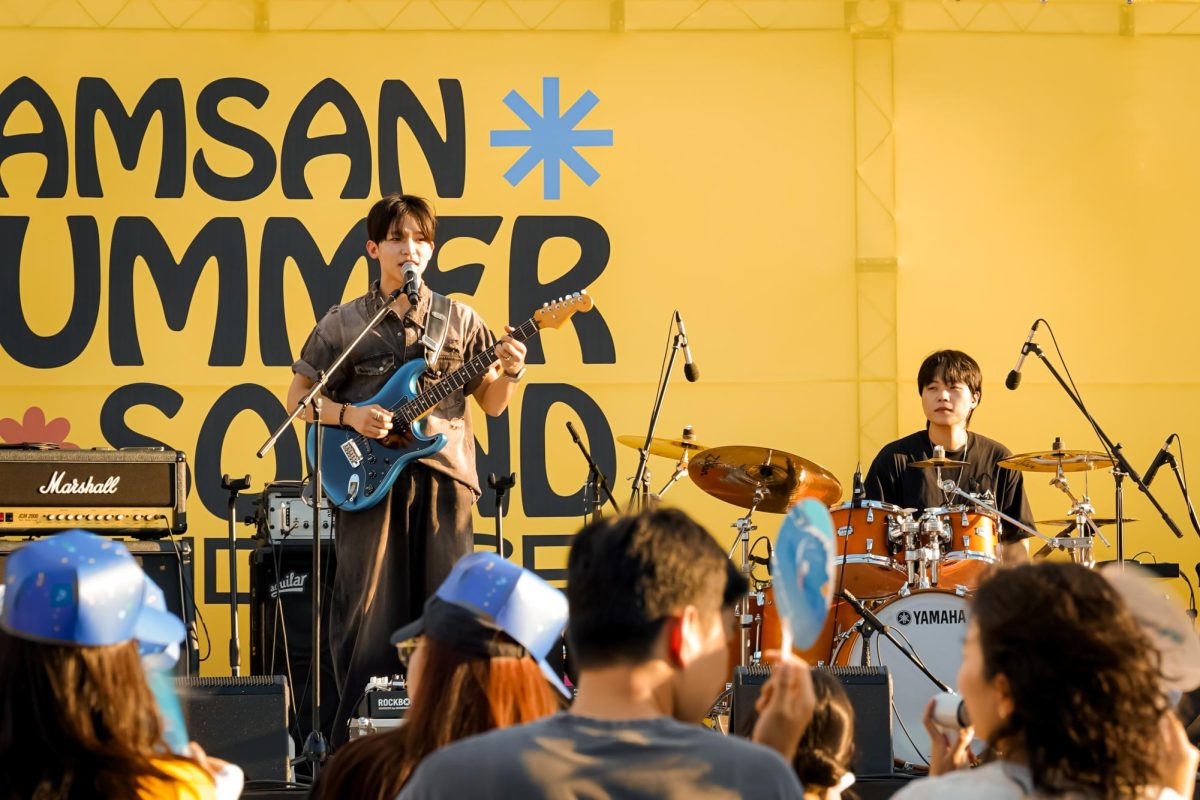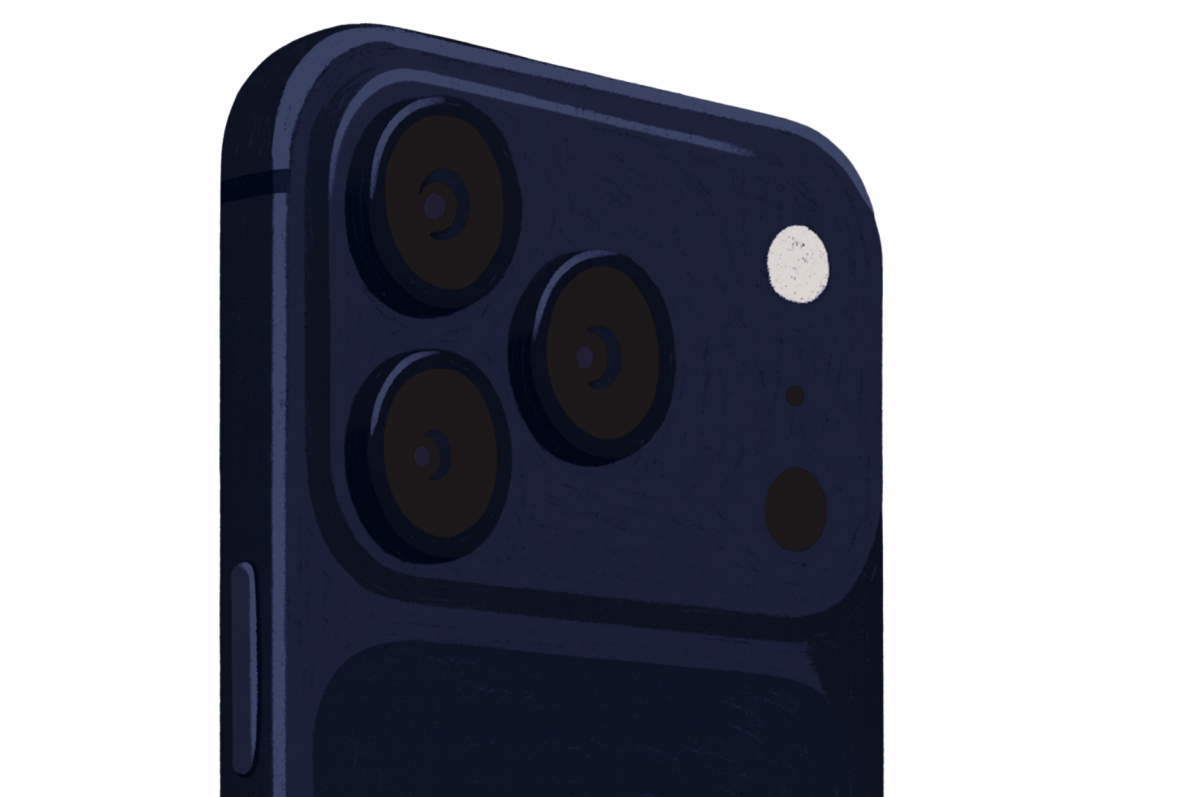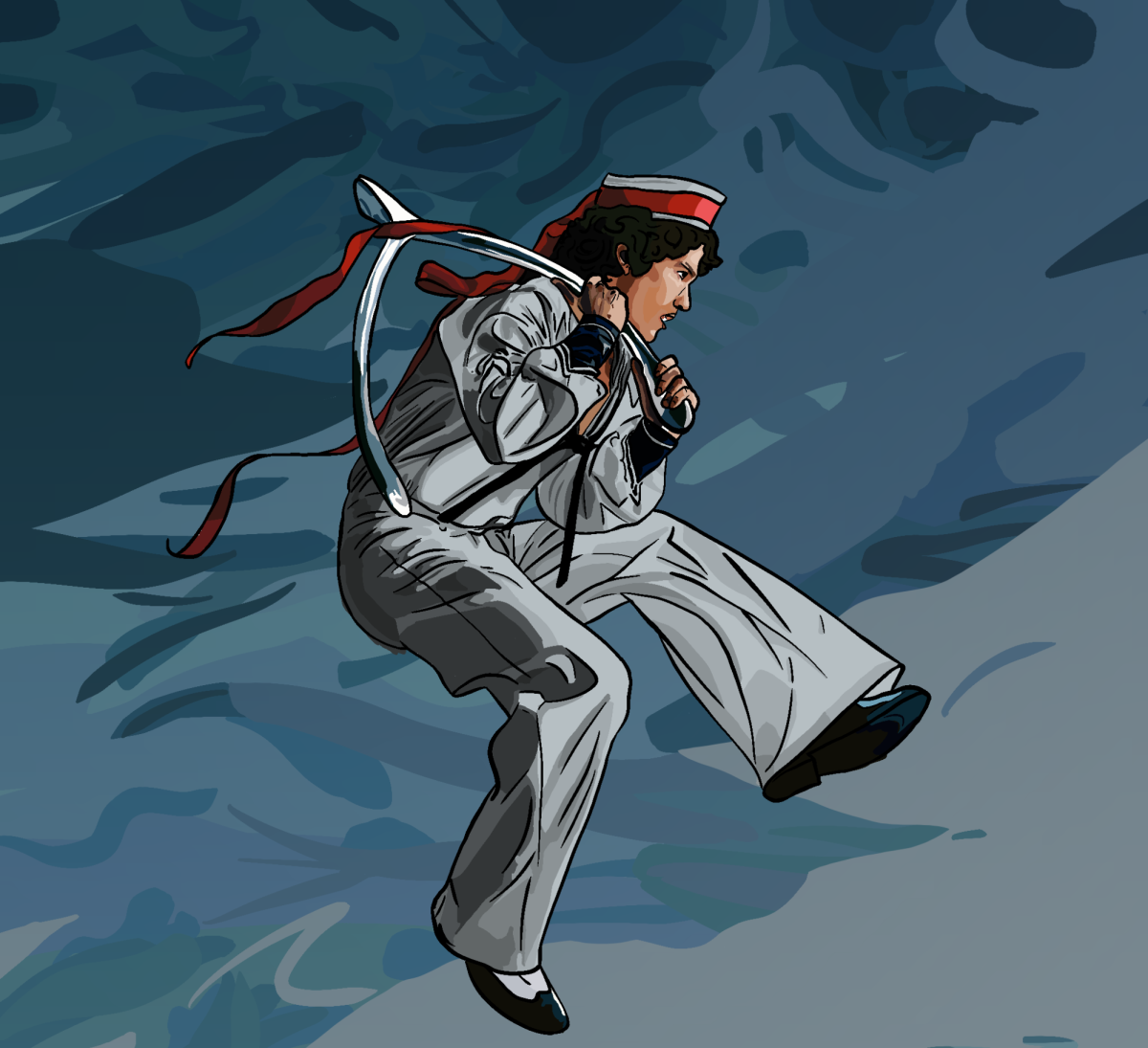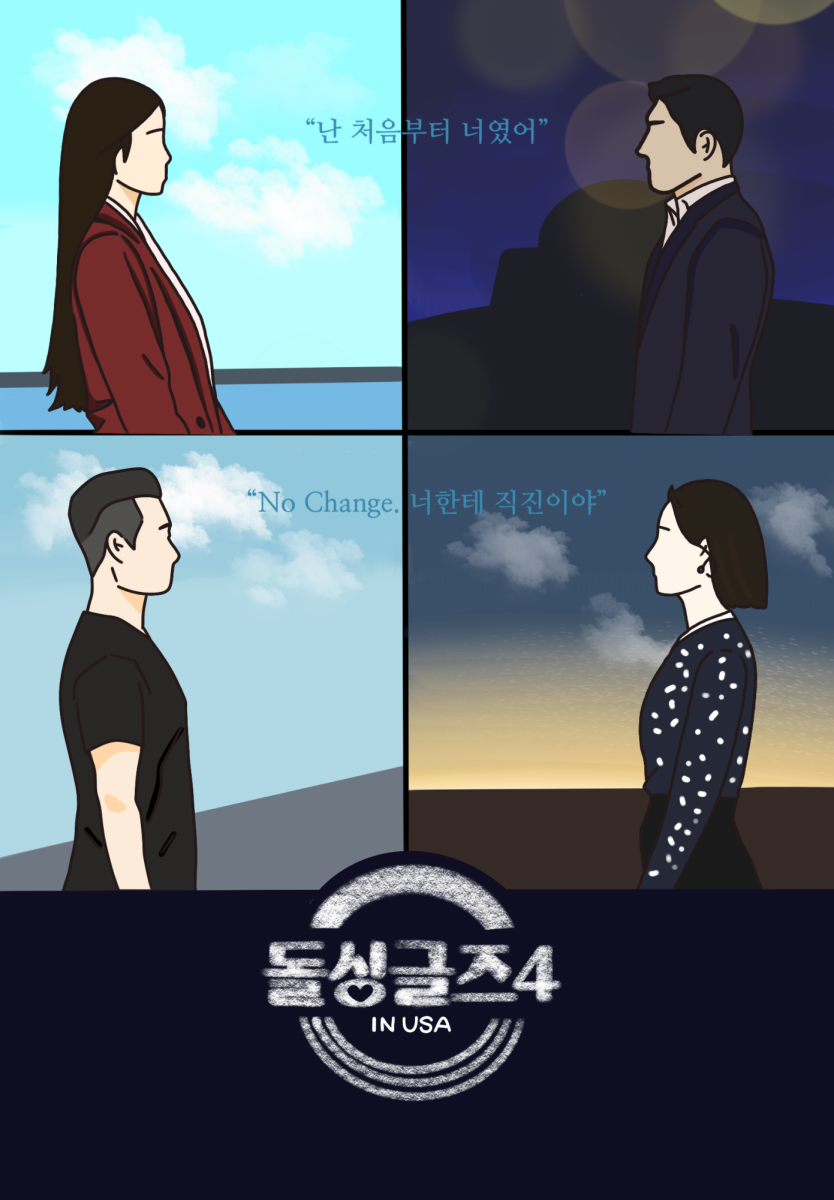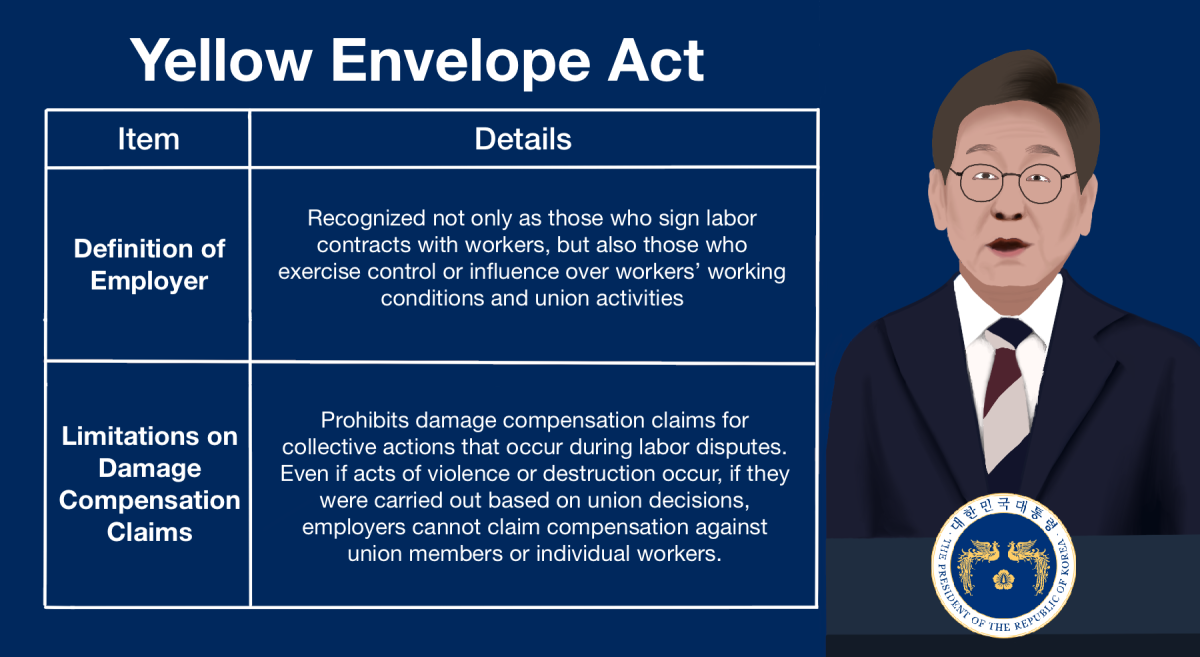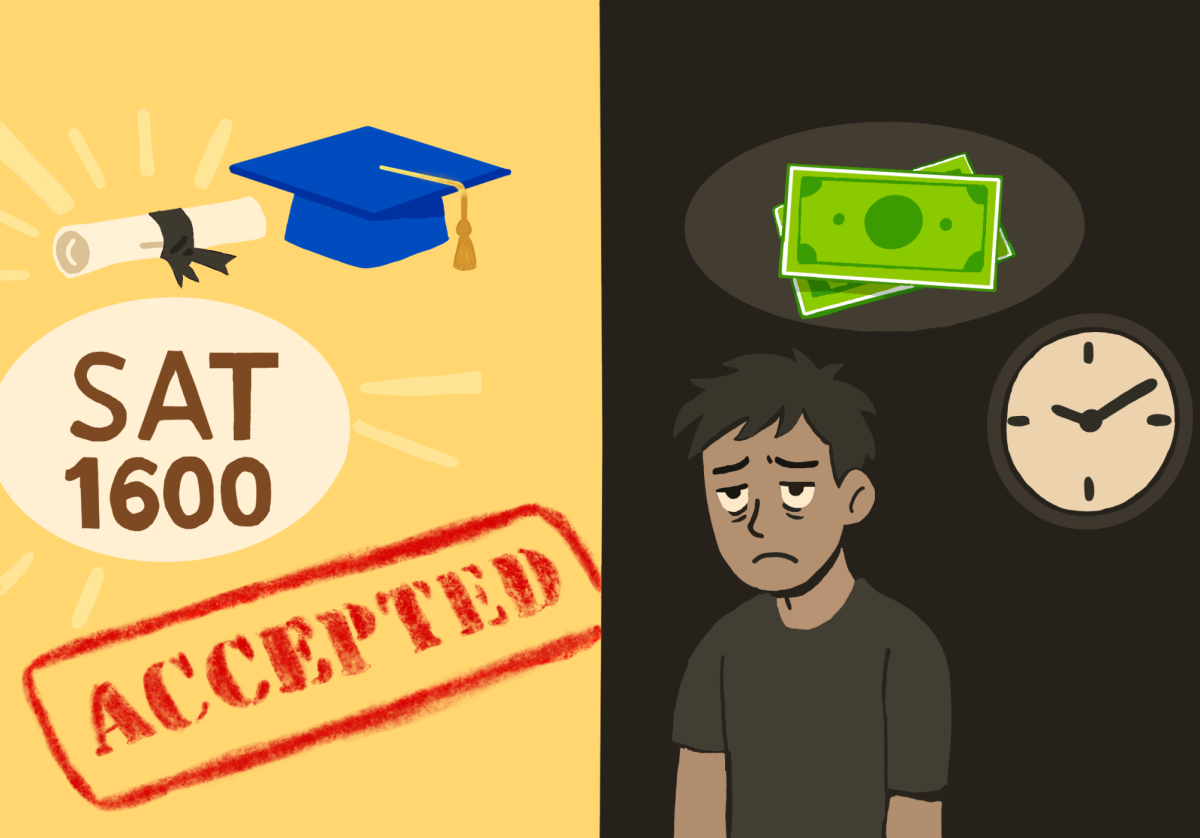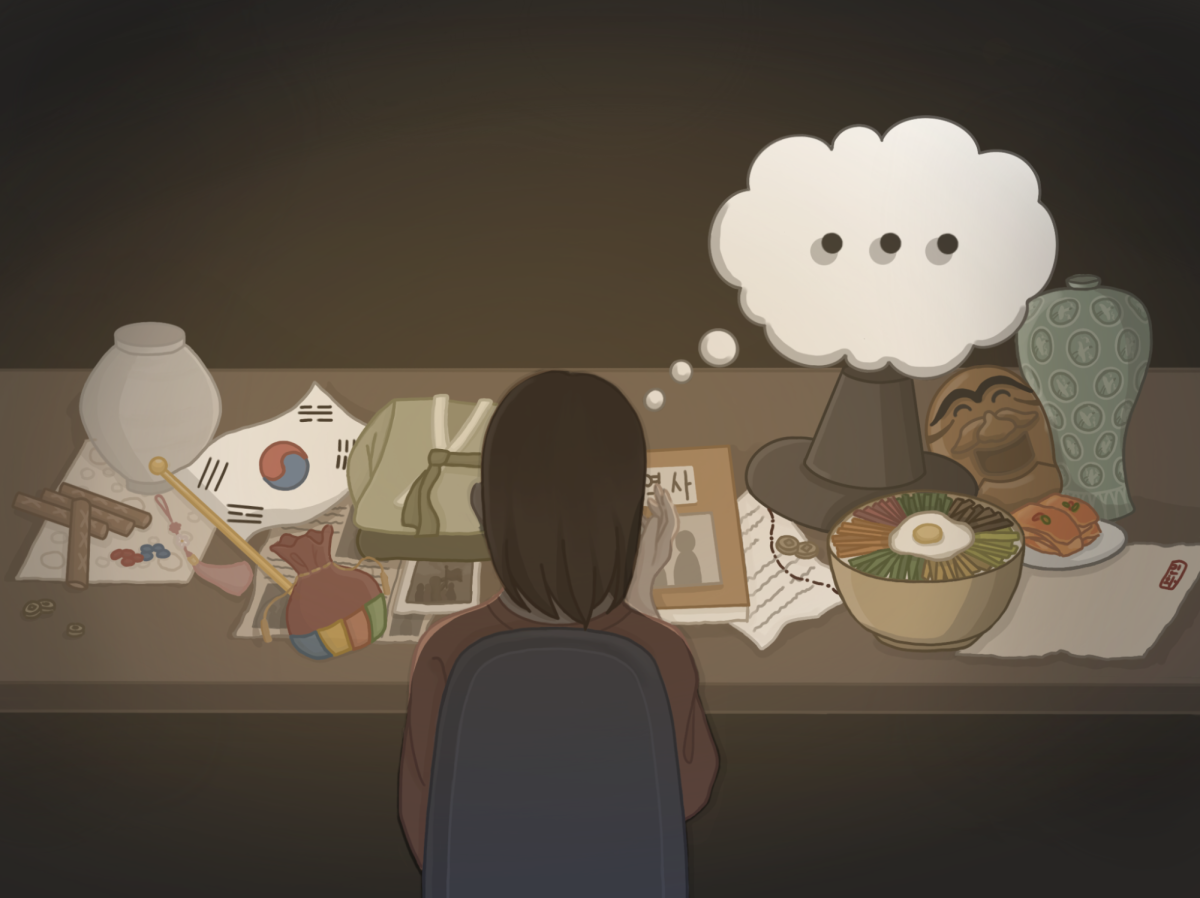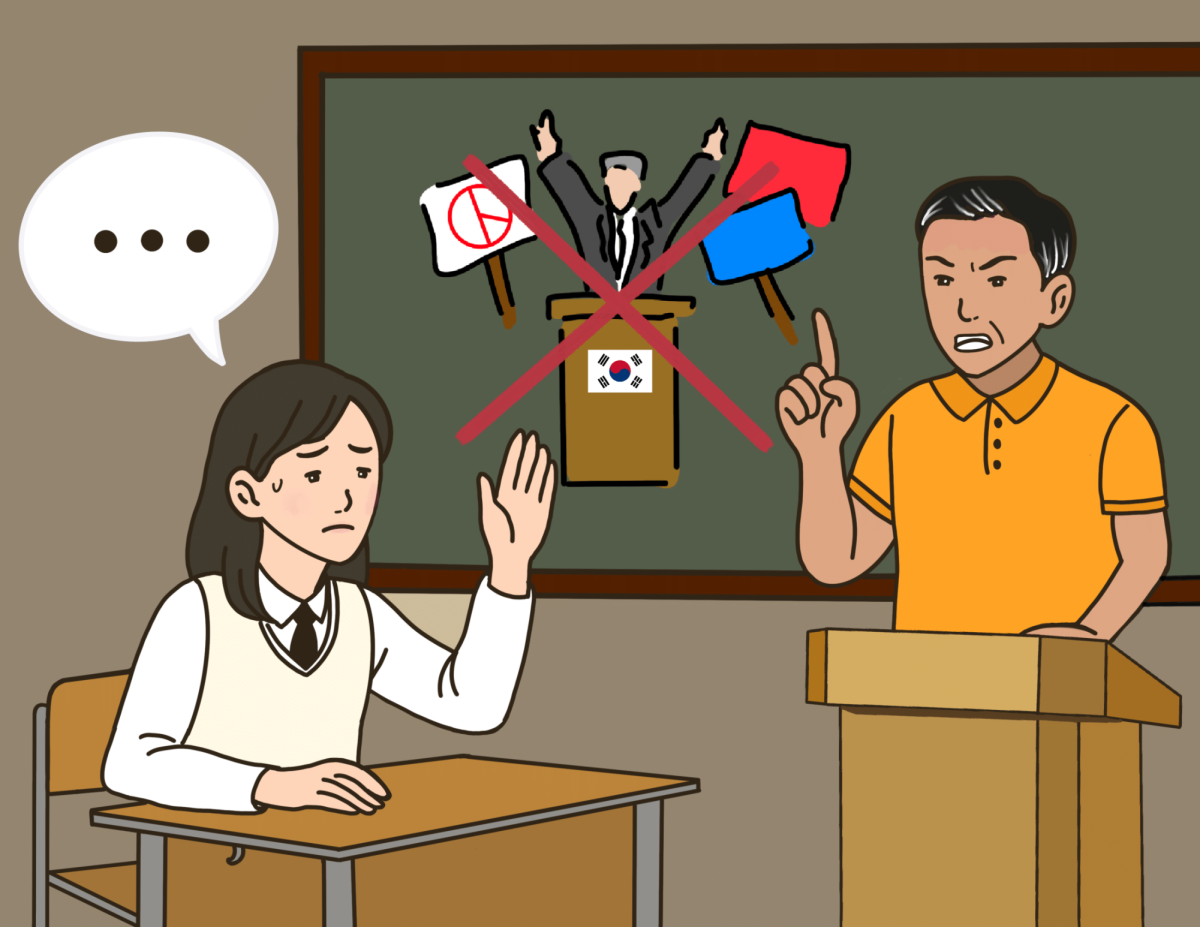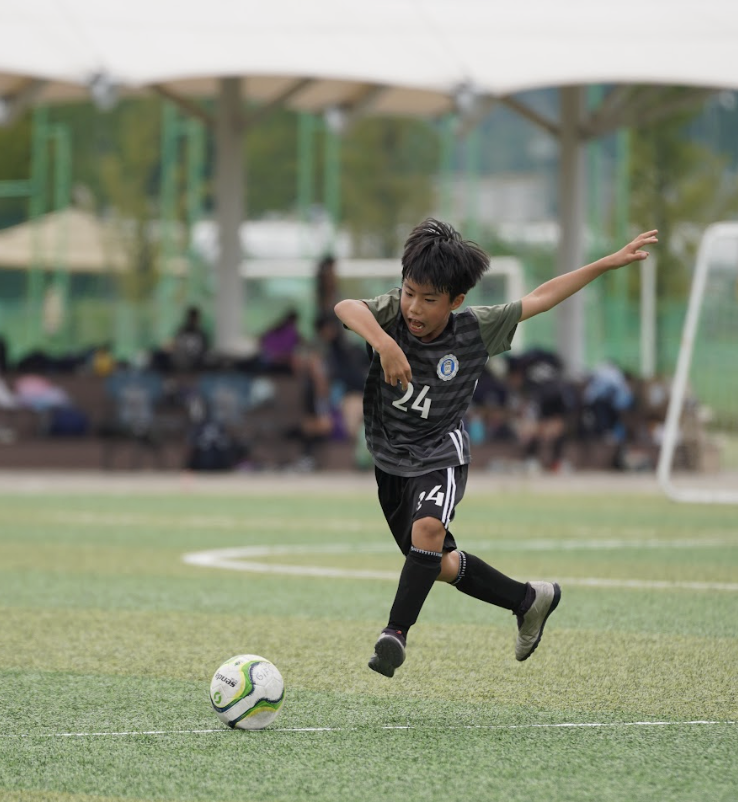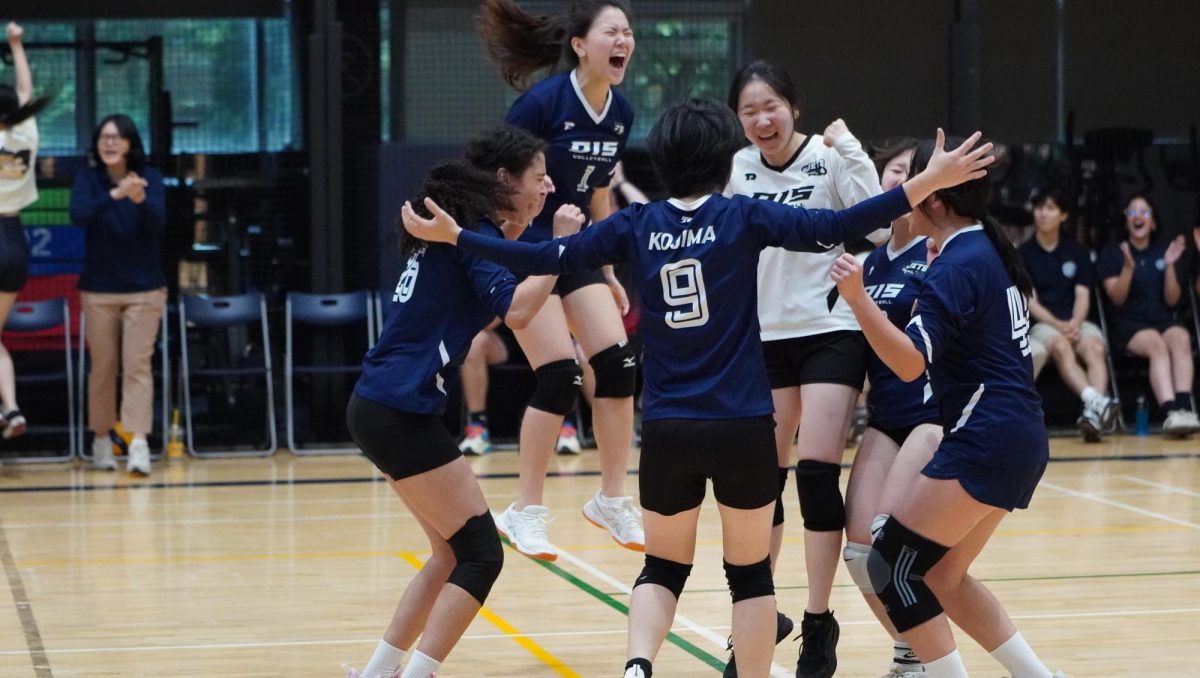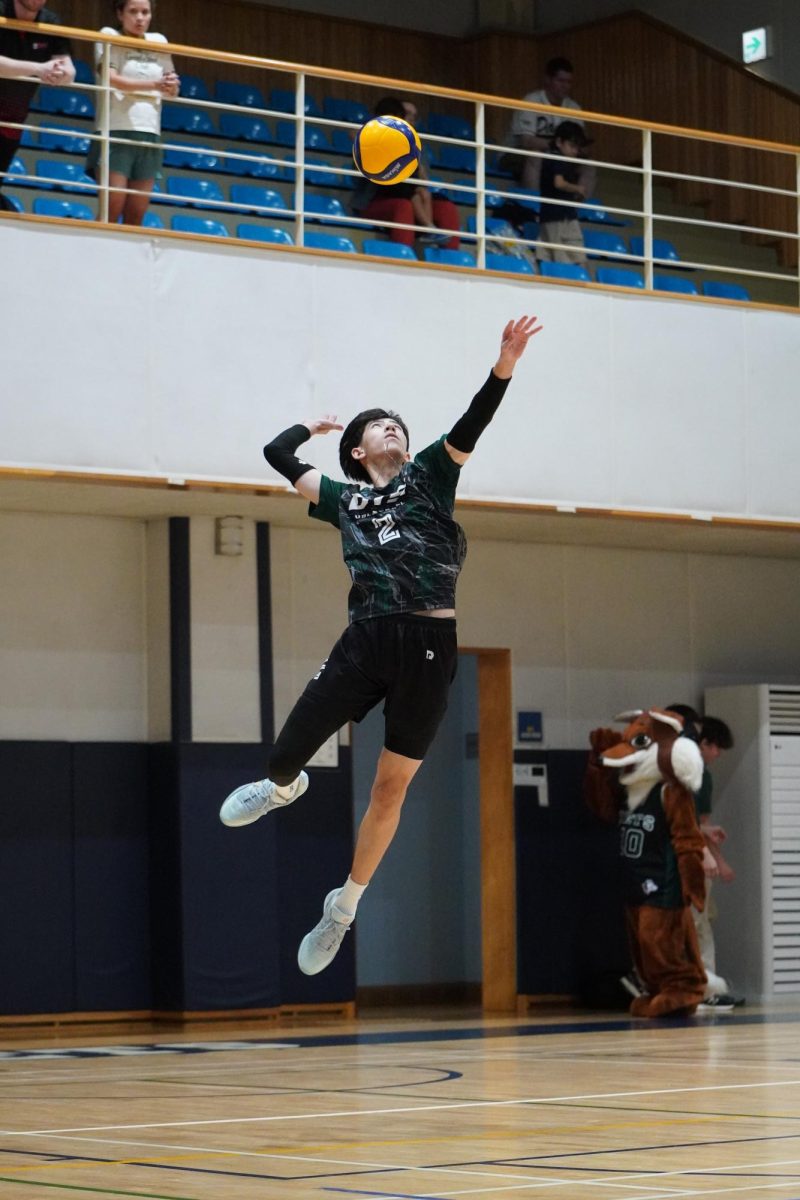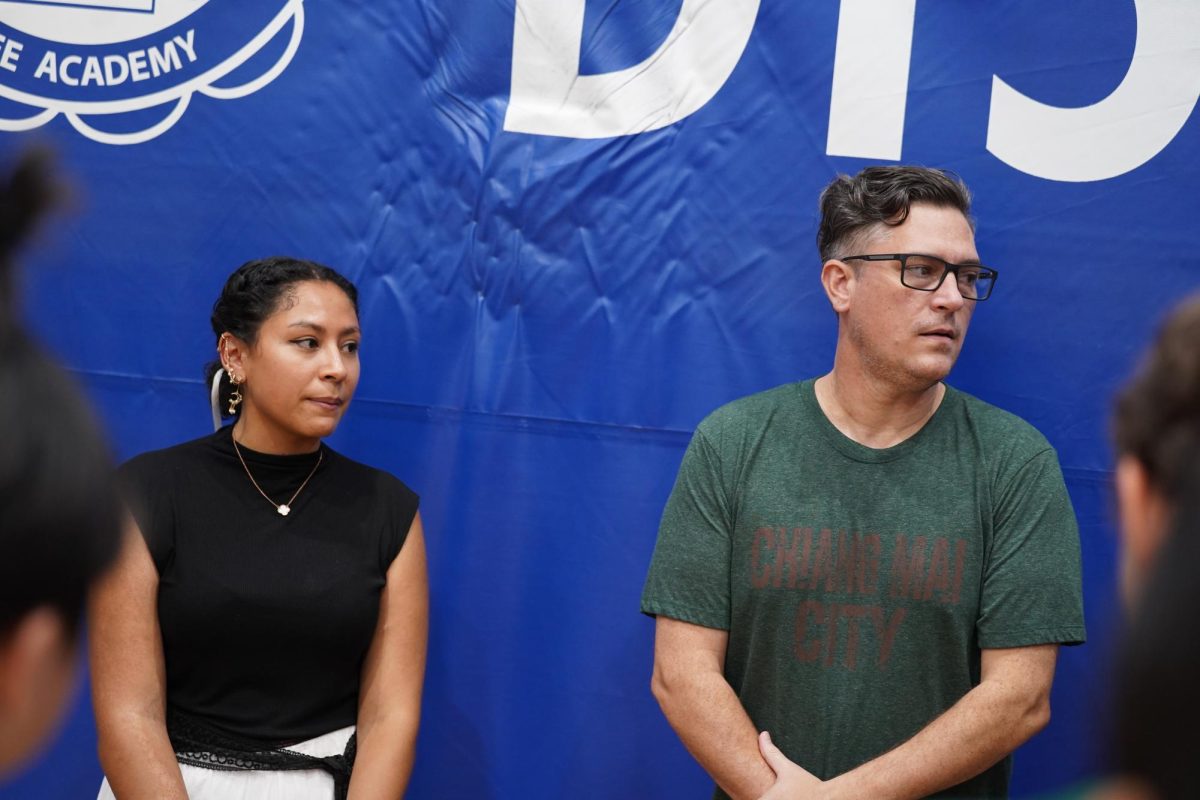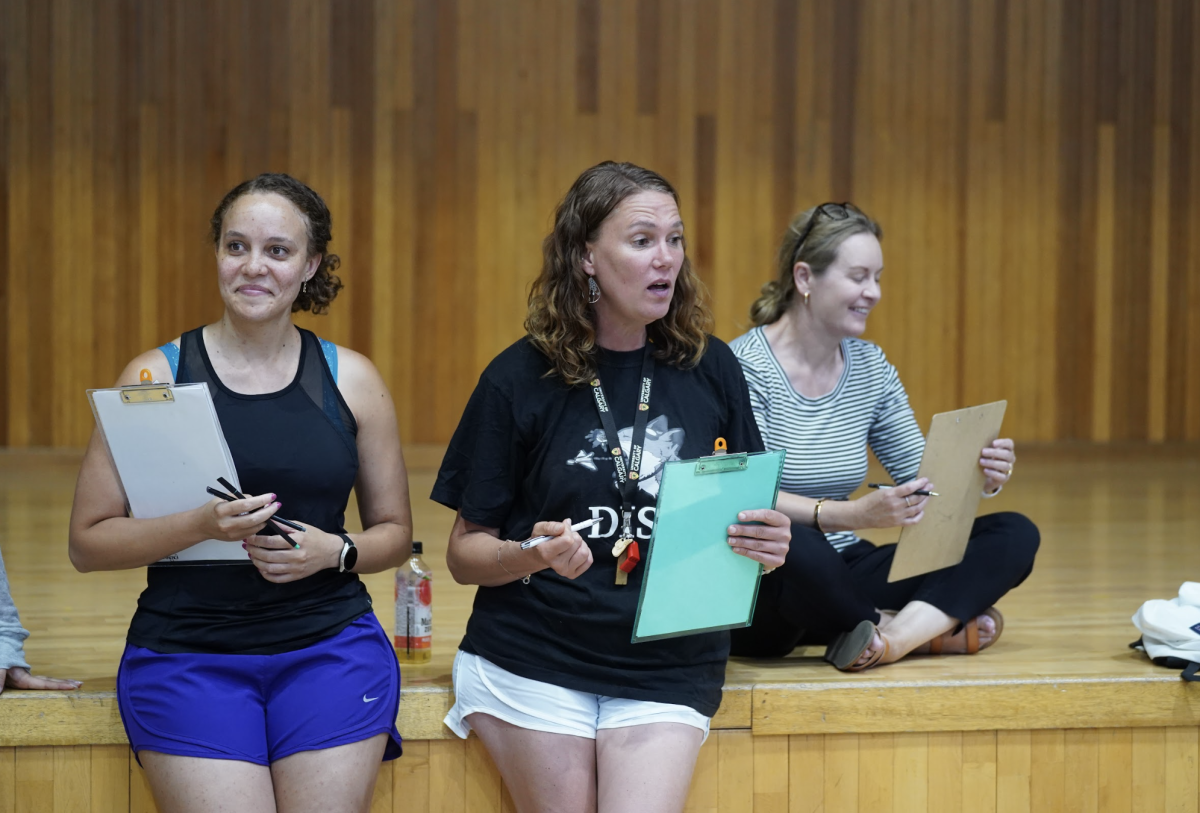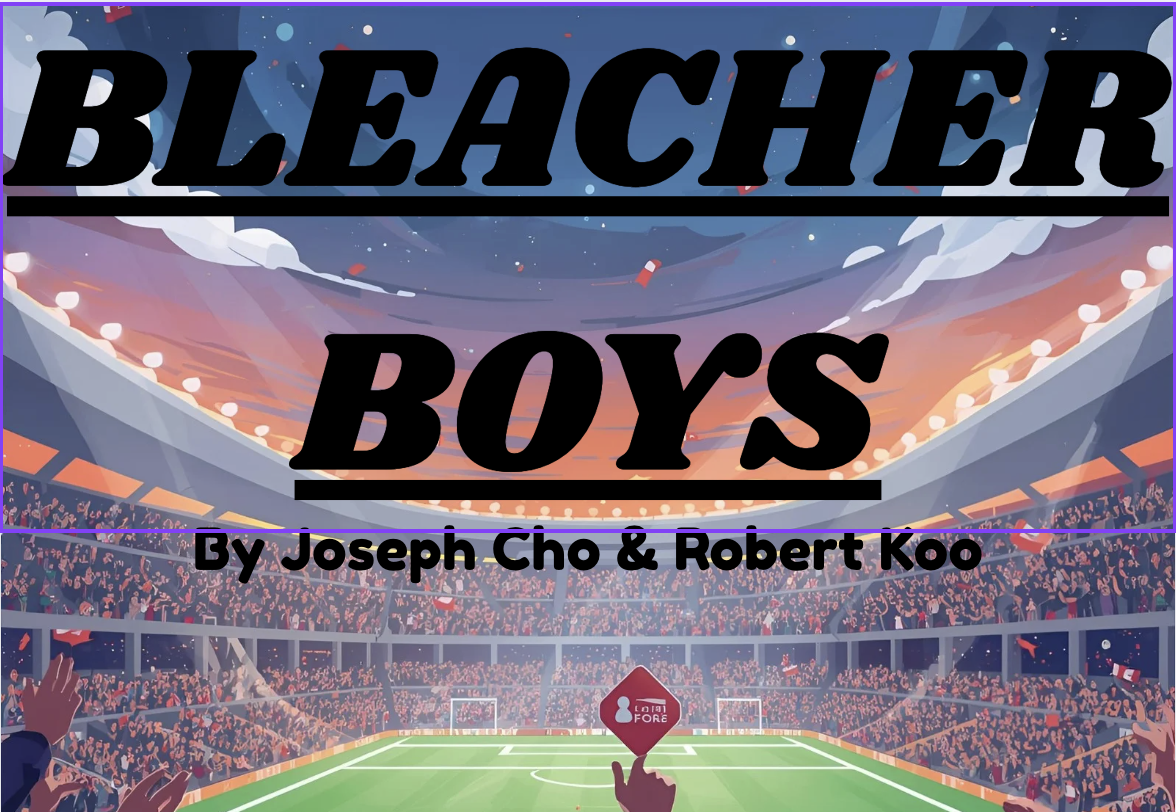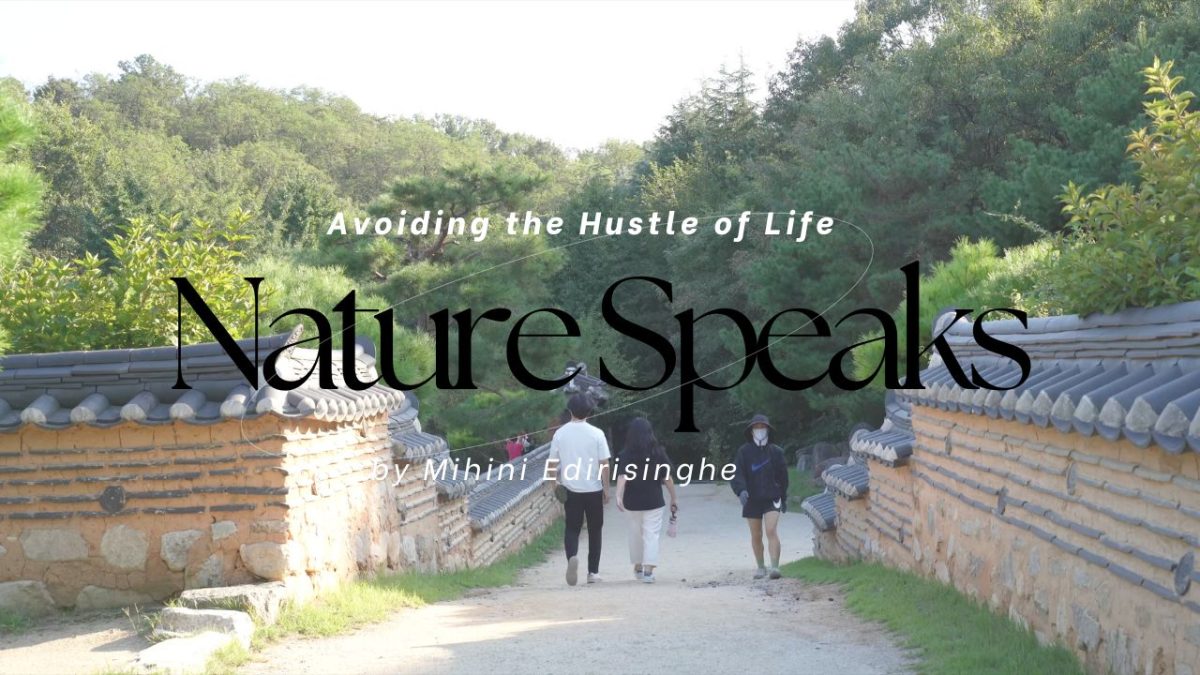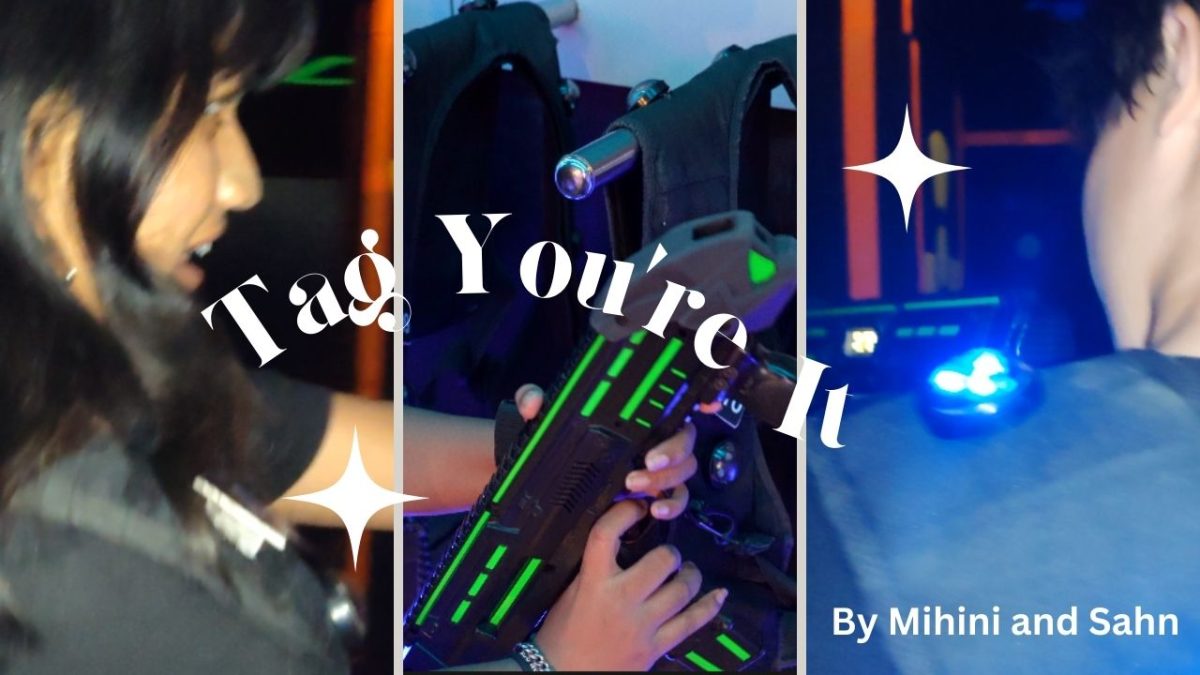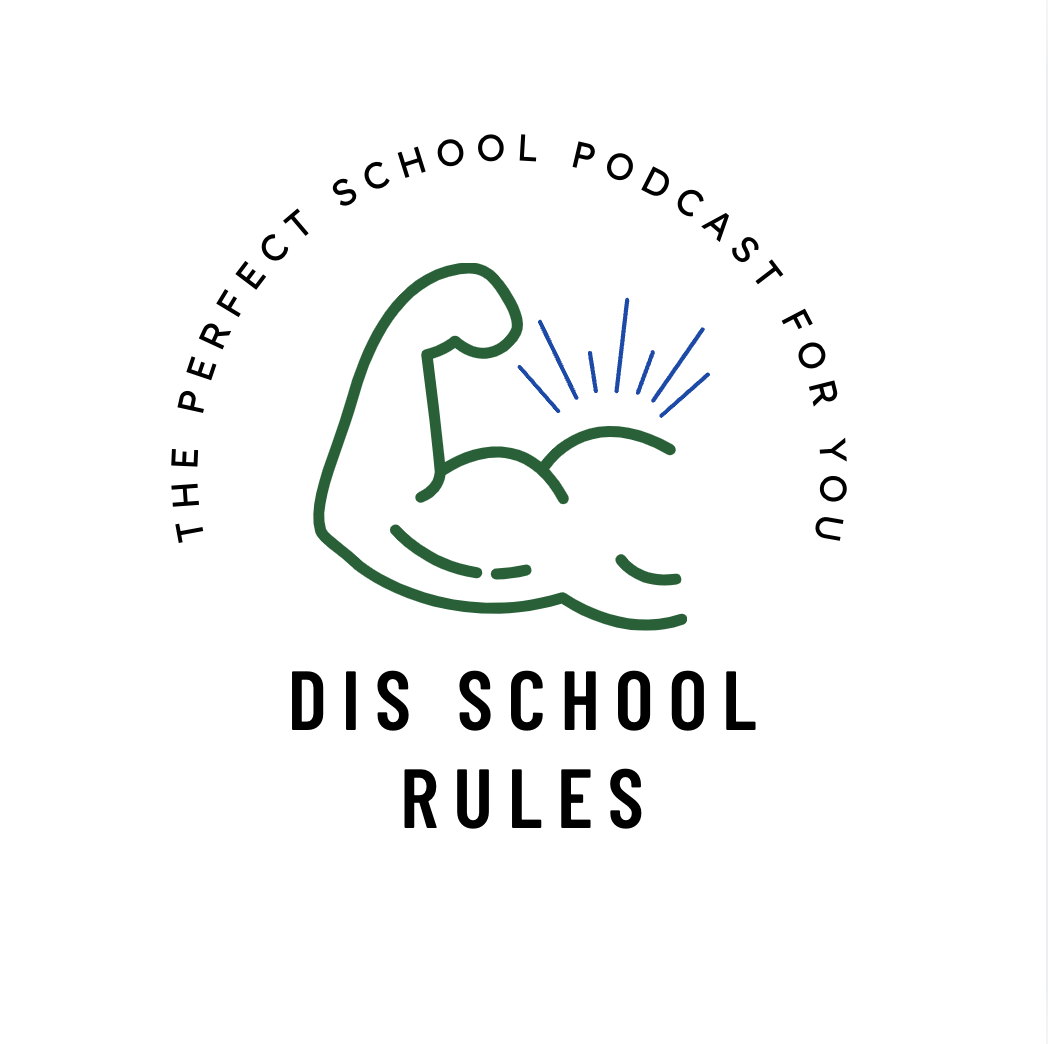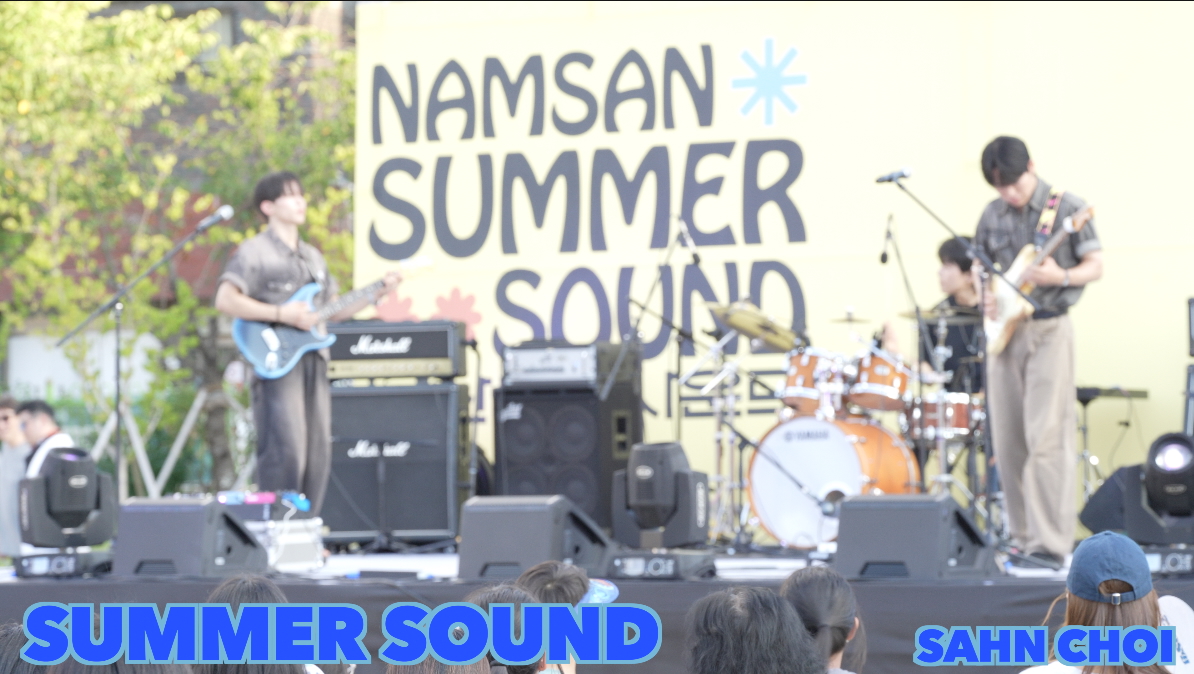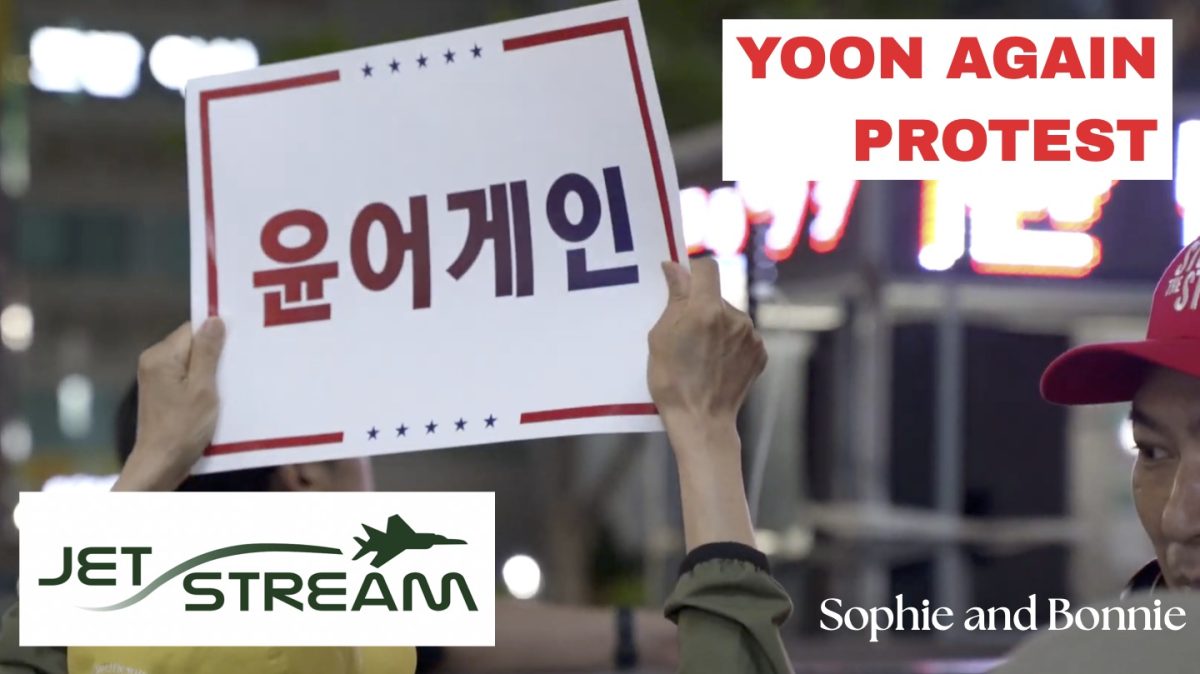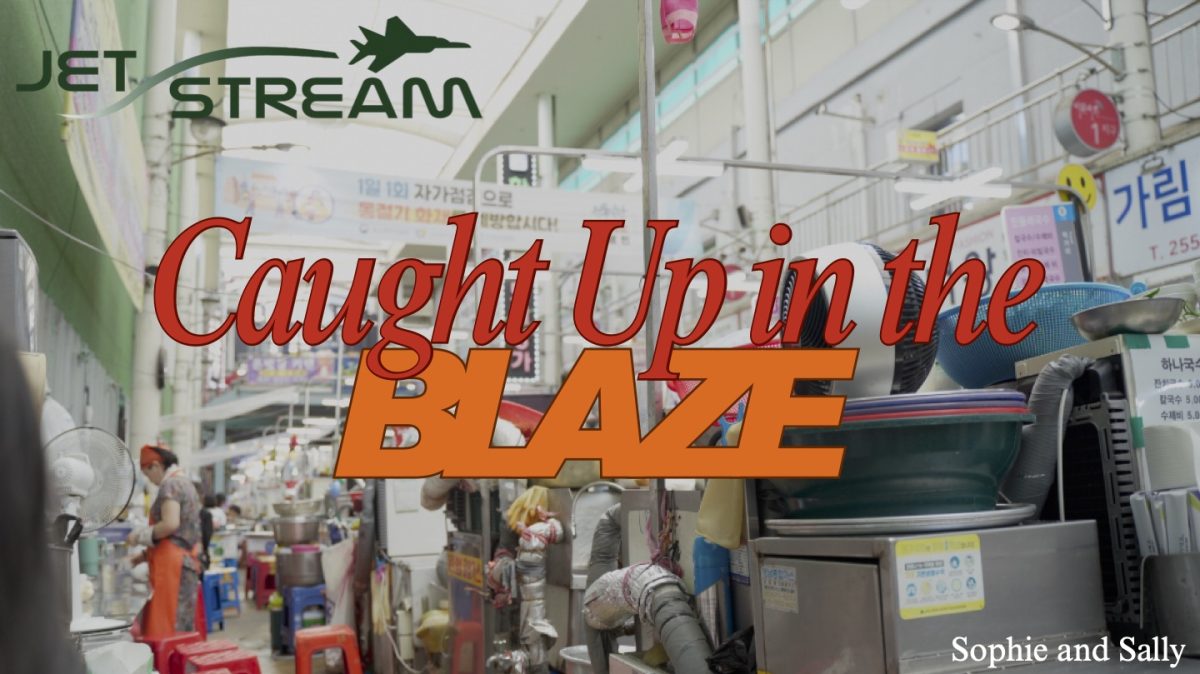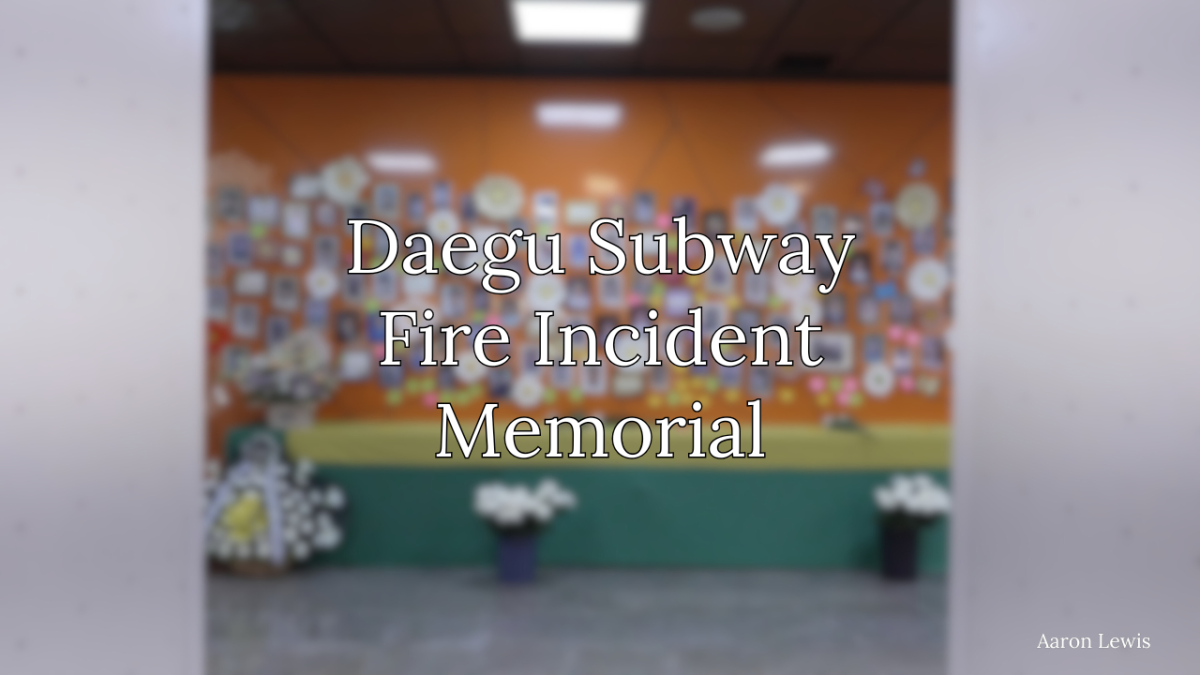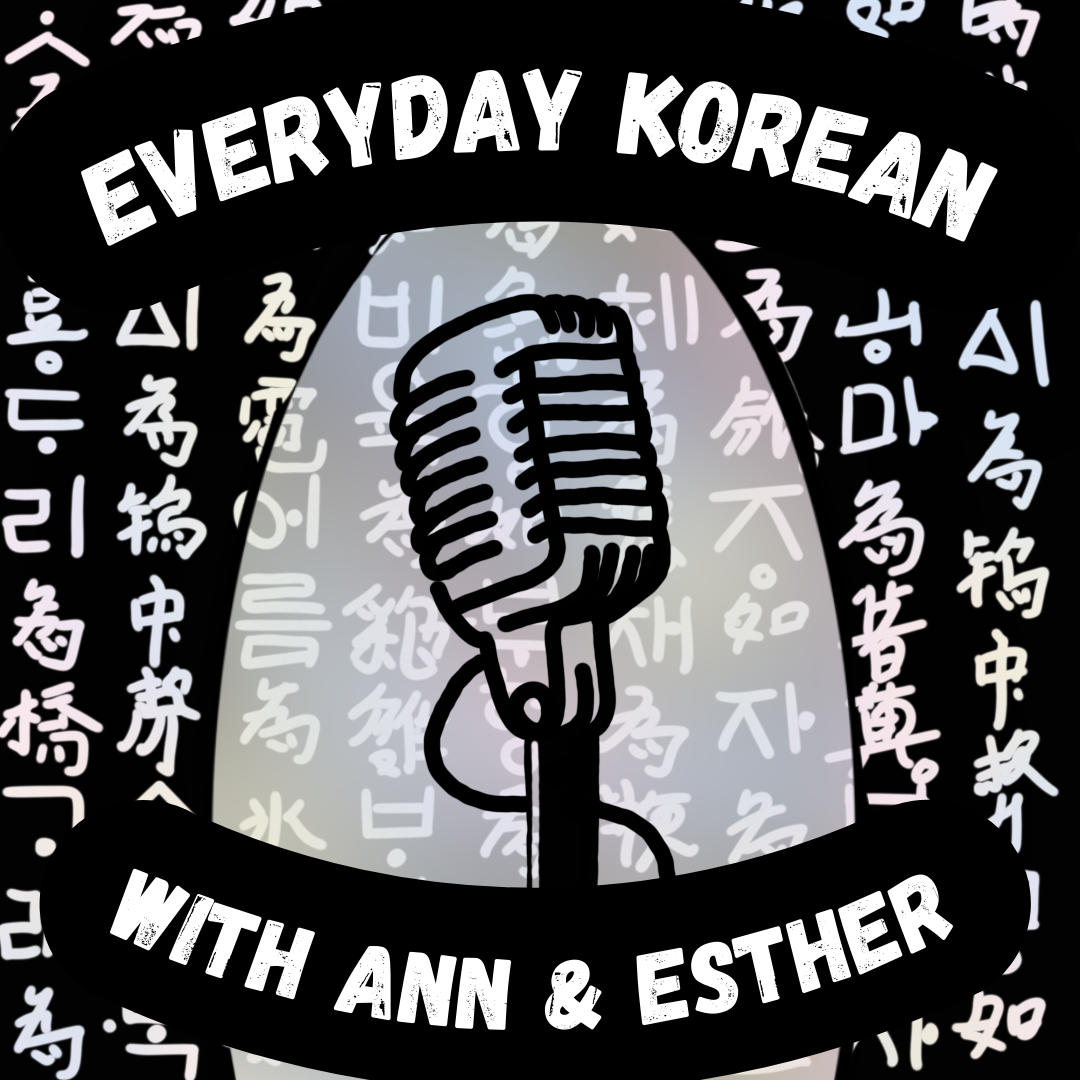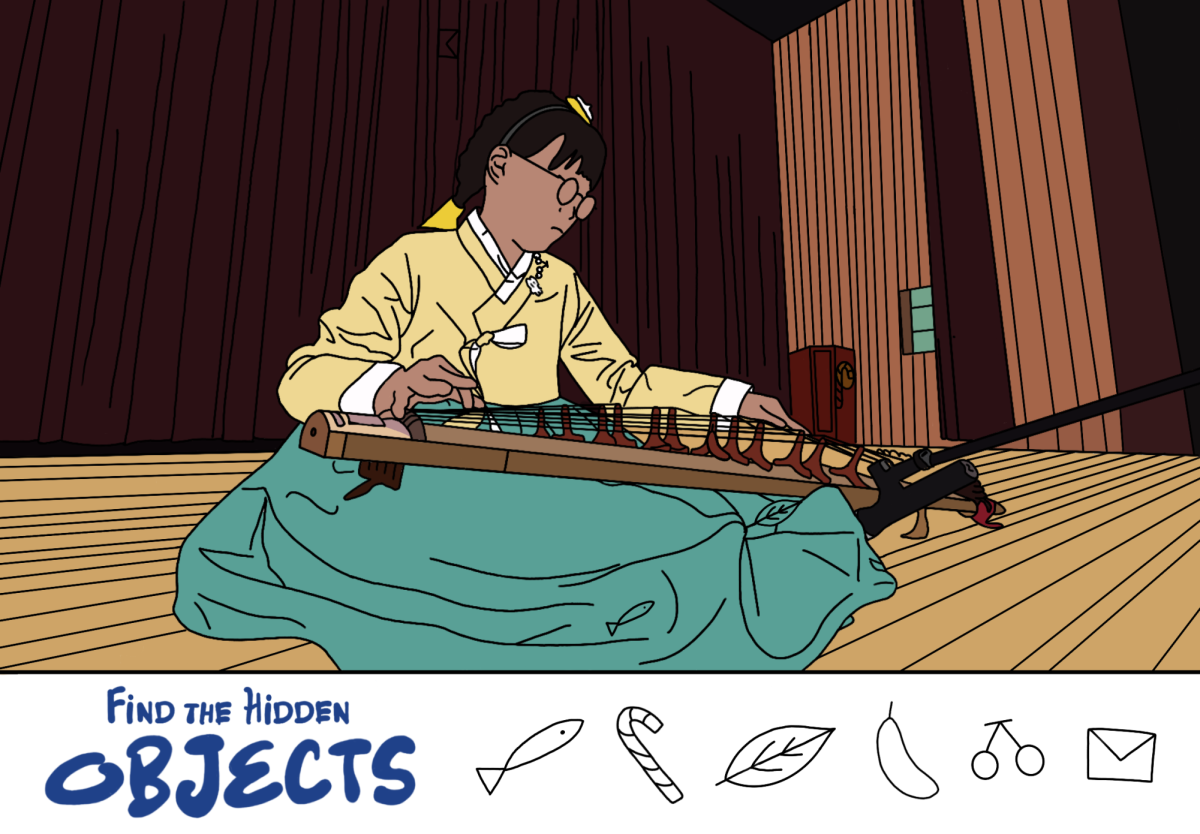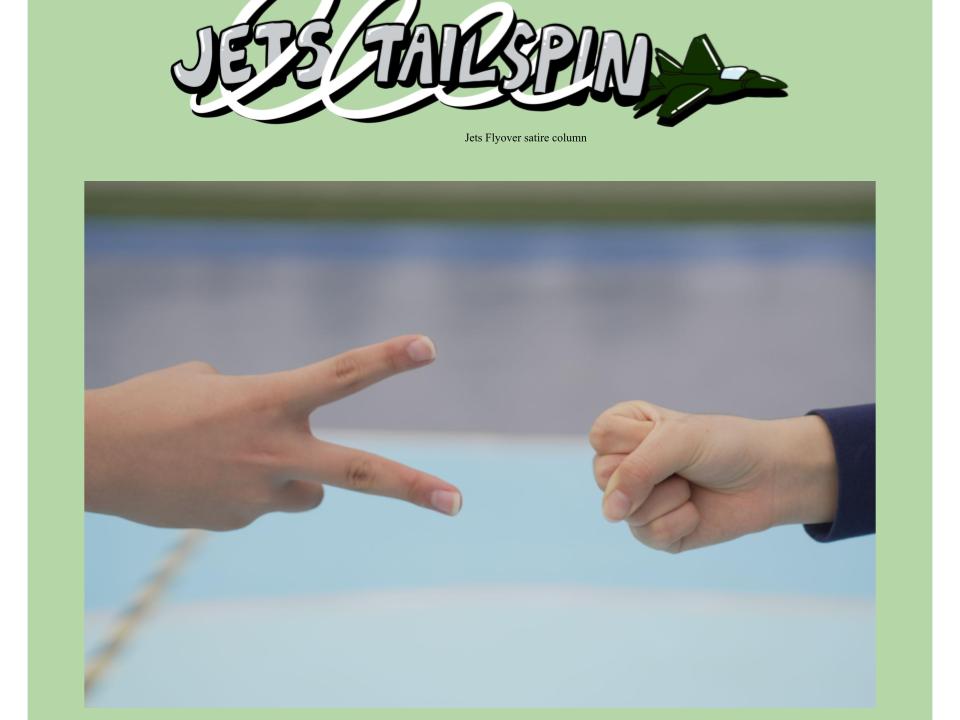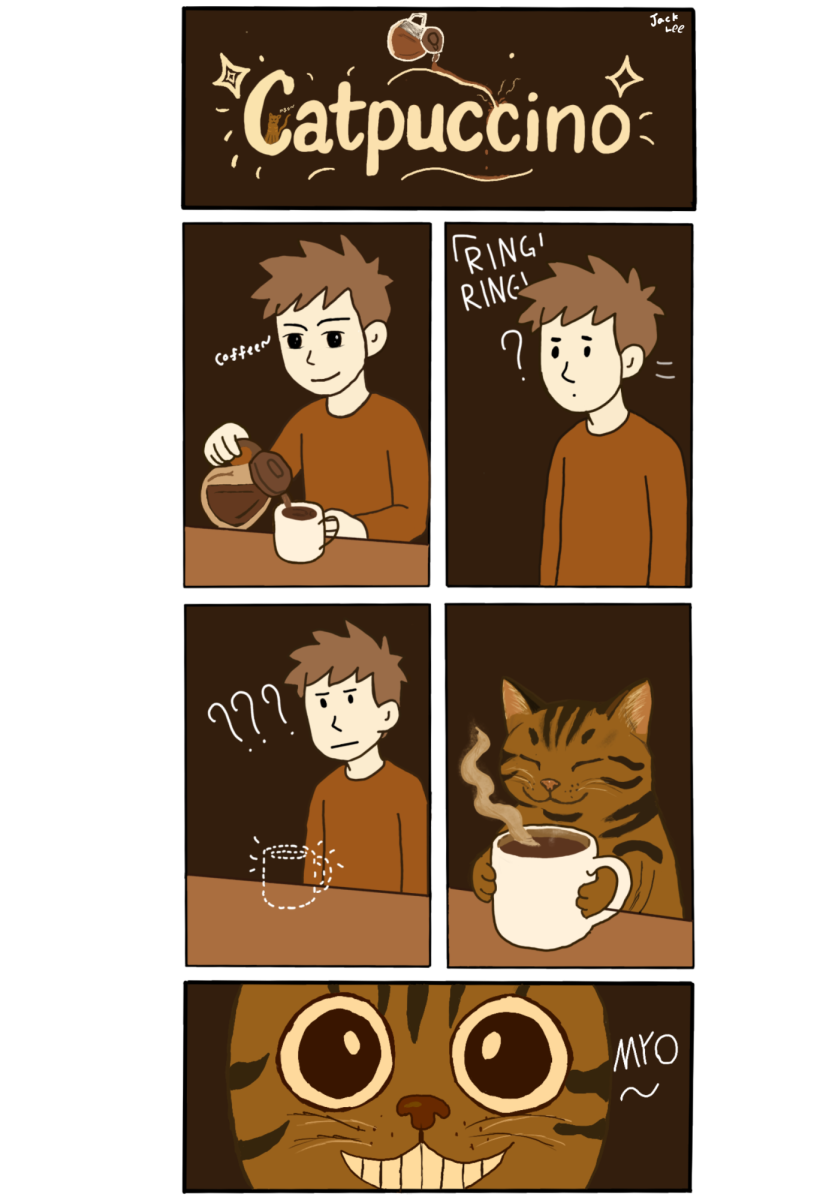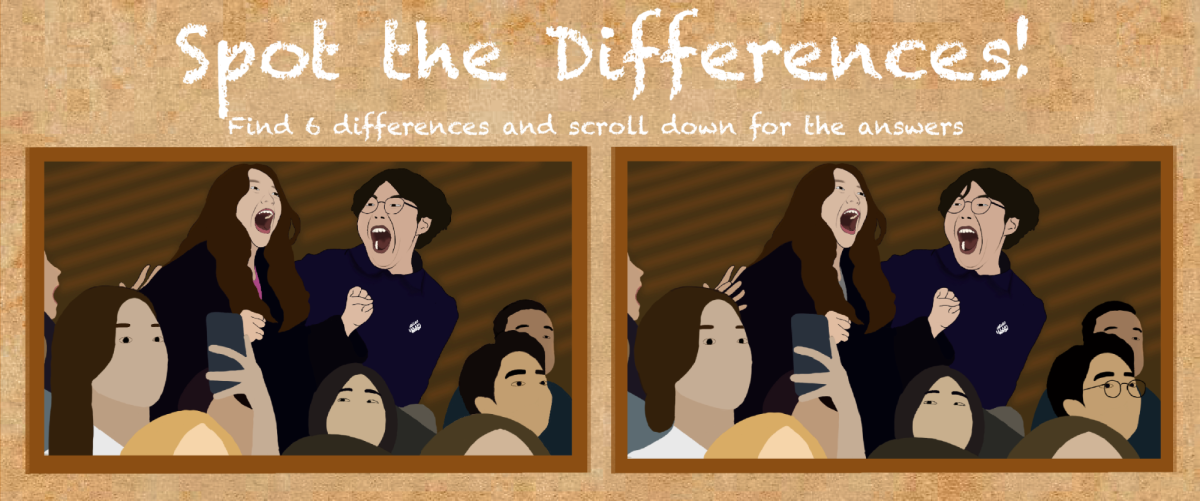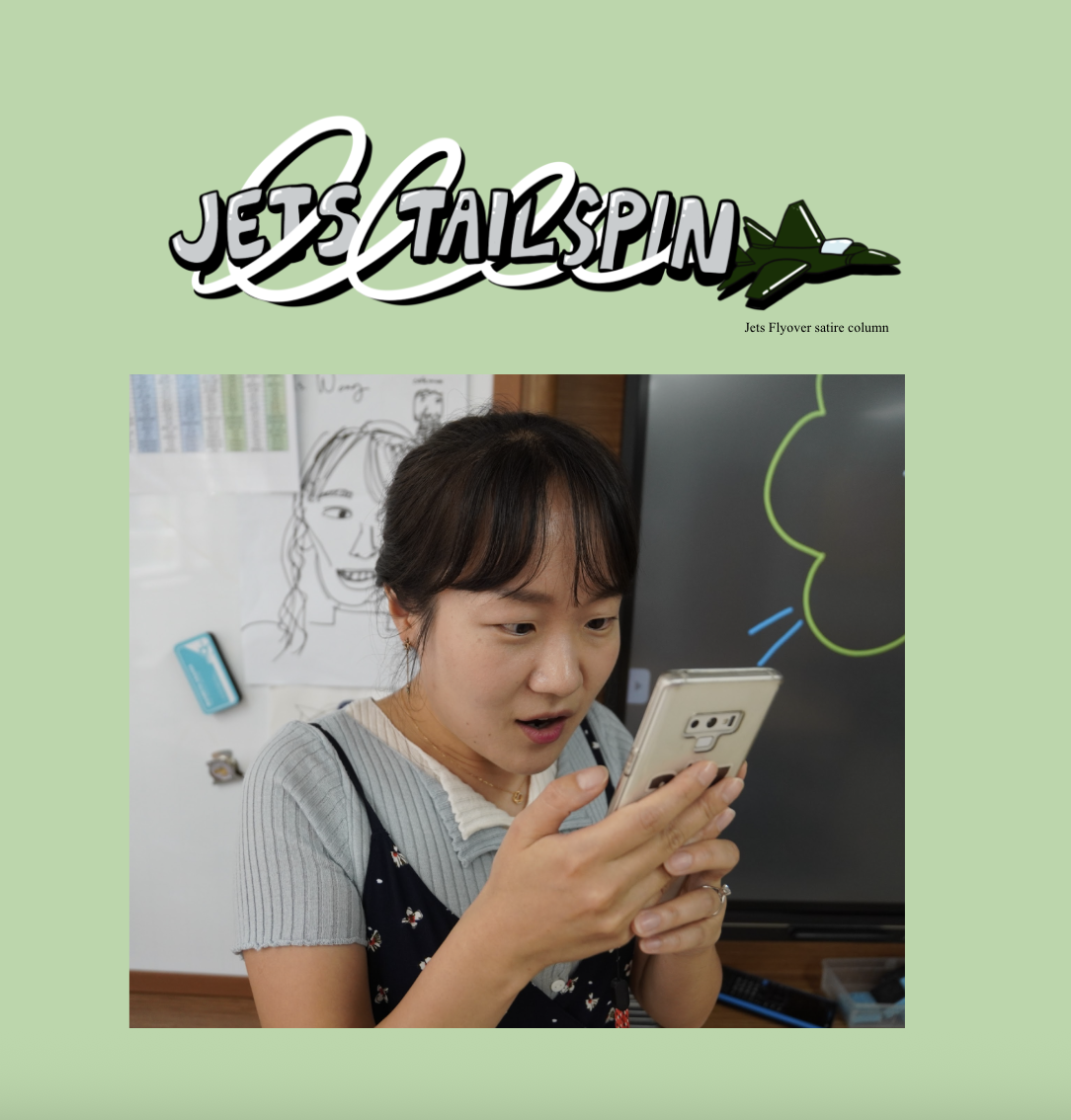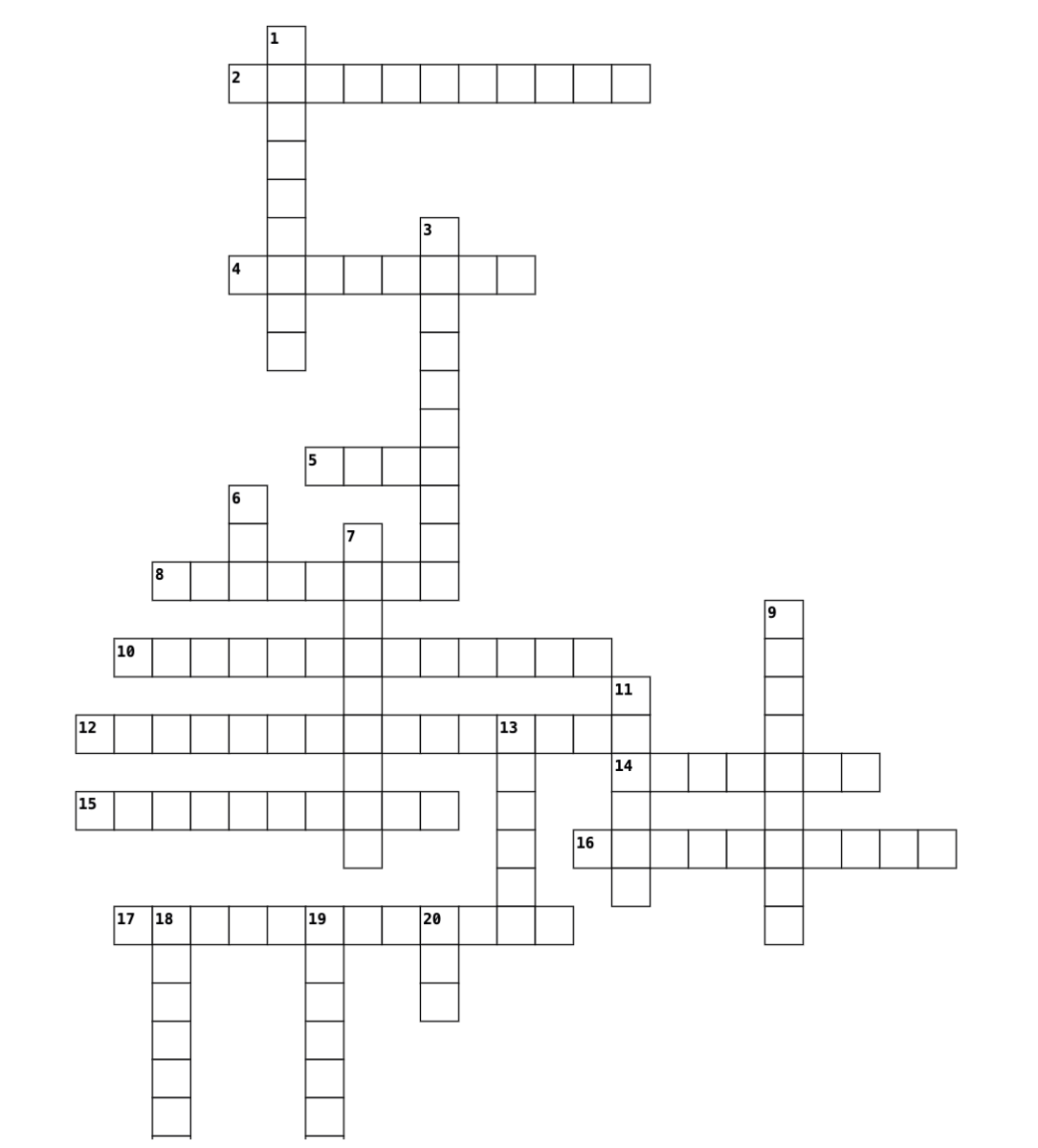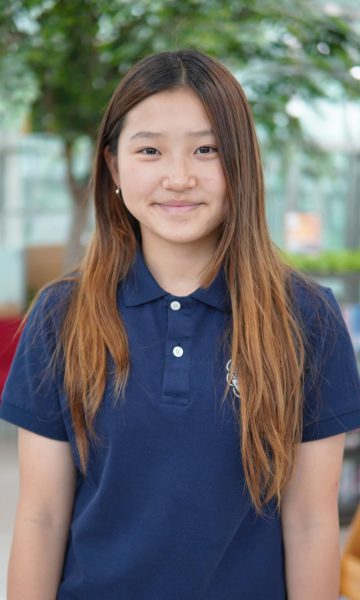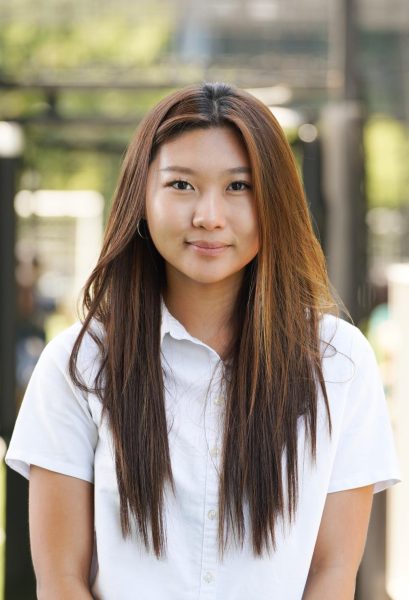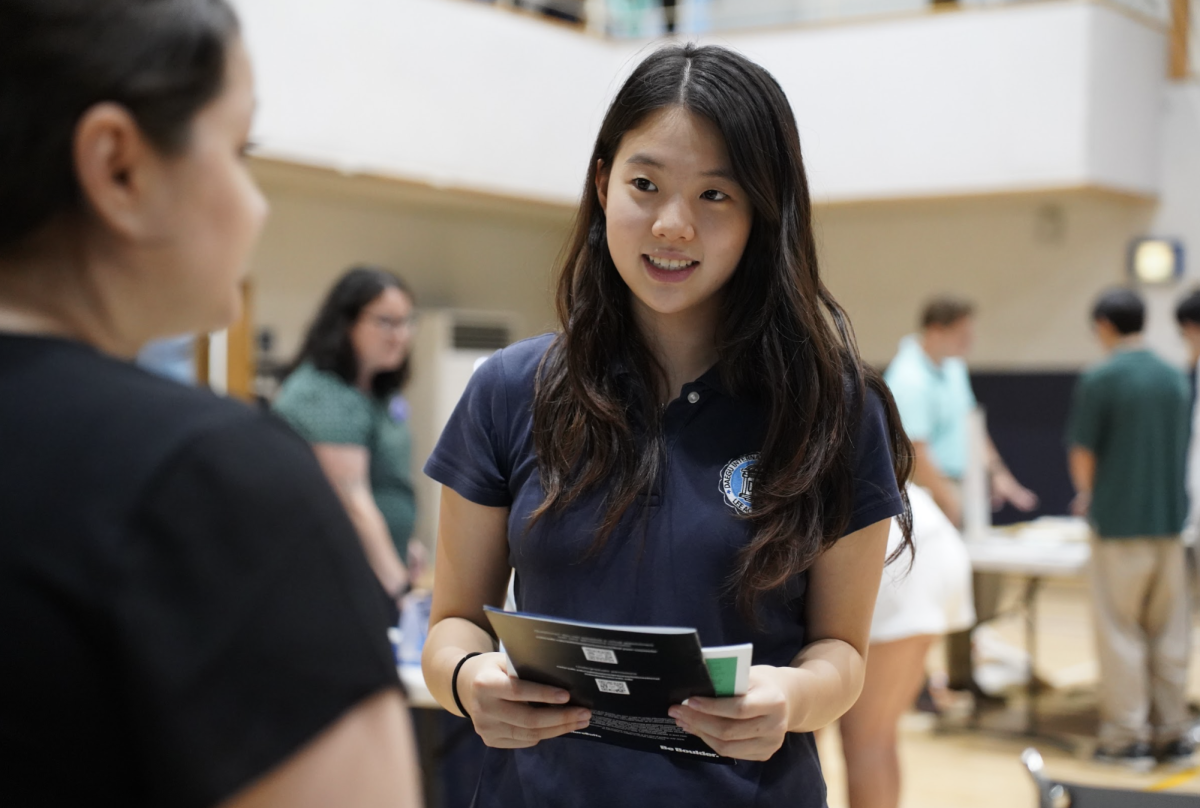Artificial intelligence now plays an integral role in student life, from research to writing support. The new AI policy, introduced at the beginning of the school year and displayed in every classroom, establishes clear guidelines that promote responsible AI use. By setting clear boundaries, teachers aim to ensure that tools like ChatGPT serve as academic aids rather than shortcuts to plagiarism.
The policy divides the usage of AI into five levels. At level one, AI use is prohibited, requiring students to rely solely on their own skills and understanding. Level two allows for brainstorming ideas or conducting searches, but students may not copy or rephrase any generated text. Level three permits the use of AI to help draft or organize writing, as long as students rewrite it in their own words and add personal insight.
At Level four, students can include small portions of AI generated text, but only after significant revision to ensure authenticity. Finally, level five designates AI as a co-creator, but it demands that students verify accuracy and integrate their original thought. Each level also requires notes or citations clarifying the role of AI in the final product.
The creation of the policy followed months of research and collaboration since last fall. “I began to attend some professional sessions and meetings with educators from all over the world,” said Mrs. Vis, the Teaching and Learning Director. The meetings called for an AI matrix that resulted in deep research of different versions augmented with faculty feedback that shaped the final version of the AI matrix.
Student focus groups also contributed significantly to the policy’s development, ensuring that it reflected real classroom perspectives. “We discussed how different classes utilize AI in their class and how teachers perceive them and how we can act upon that. Some of the conclusions we made lead to an AI usage guideline for students and for teachers to use. Overall, I think it was memorable because this was the very chance that students actually get to input with their own voice to a school policy,” a member of the student focus group junior Justin Son said.
The policy arose to address confusion on the proper use of the new technology, aiming to foster the responsible use of AI to support both education and creativity. “We really felt like we needed to have something in place that would provide some structure for kids and just really clear expectations for everyone, teachers and students, as we all learn kind of how to best navigate this new tool that’s out in the world,” Mrs. Vis said.
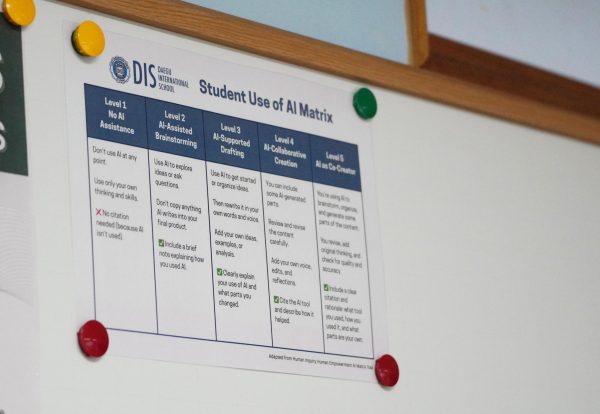
The implementation of the AI matrix allows students to apply the policy’s principles to real assignments. “If we have a project, for example, related to a visual presentation of what you’ve learned from a text, I’m probably not as interested in how beautifully constructed the design is. And so AI might be able to offer an opportunity to create a very visually effective way of presenting their ideas,” secondary english teacher Ms. Nagy said.
The guidelines came into play in academic settings such as history classes. “I think it’s been effective at outlining how students can use AI for different activities. We’ve had a number of activities where our AI use is level one, which is no AI use and level two has been pretty common, where it can be used for brainstorming or search. I think myself and I think a lot of students seem to think that chat GPT is kind of a better search,” secondary history teacher Mr. Kaschub said.
Students also noticed the impact of these metrics in practice. “Last year, I did not know how strong or how much I could use AI. And this year in classes like Mr. Kaschub’s history class, with the guideline, I was able to know and understand how much I can use it and how I should not use it,” eighth grader Gia Kim said.
Building on this perspective, others emphasized how the policy refines the balance between assistance and independence in learning. “I feel like it really did help clear the boundaries because a lot of people would use AI to get answers right away. But now that we have the policy, we can definitely know when and how to use it,” freshman Luisa Silva said.
Although the policy brought a positive impact so far, room remains for further refinement. “It’s something new. And anytime a school implements a new resource, a new strategy, it’s always great to get feedback. So I would really love to hear from students in terms of how this new tool is working for them in their classes, and they’re always welcome to stop by my office or send me an email,” Mrs. Vis said.

